Jutting 60 kilometers out from Japan’s largest island of Honshu, the Izu Peninsula has long been a popular and convenient destination for Tokyo dwellers drawn to its unspoilt nature, peaceful coastal towns and dramatic, windswept shores.
Formed in large part from a cluster of deep-sea volcanoes that were once entirely separate from the Japanese archipelago, it remains the only place on earth where two distinct volcanic arcs meet. The region’s volcanic geology meanwhile is a gift that continues to give in the form of nutrient rich soil, beautiful waterfalls and coastlines, teeming marine habitats and flowing hot springs.
While it may not spring to mind for international visitors as easily as, say Tokyo or Kyoto, the region’s handy location between these two popular destinations makes it an ideal choice for a relaxing mid-holiday pause – perfect for families or anyone looking for a change of pace and scenery after the big city crowds. To find out more, I was delighted to return to Izu recently for a two-day trip along its eastern coast.
Day 1 – Kawazu and Shimoda
My trip began at Tokyo Station with a visit to the JR EAST Travel Service Center to purchase a JR TOKYO Wide Pass. Available only to non-Japanese passport holders, the pass offers free travel on designated trains and shinkansen in the Kanto Region and surroundings for three full days and is priced at 15,000 yen.
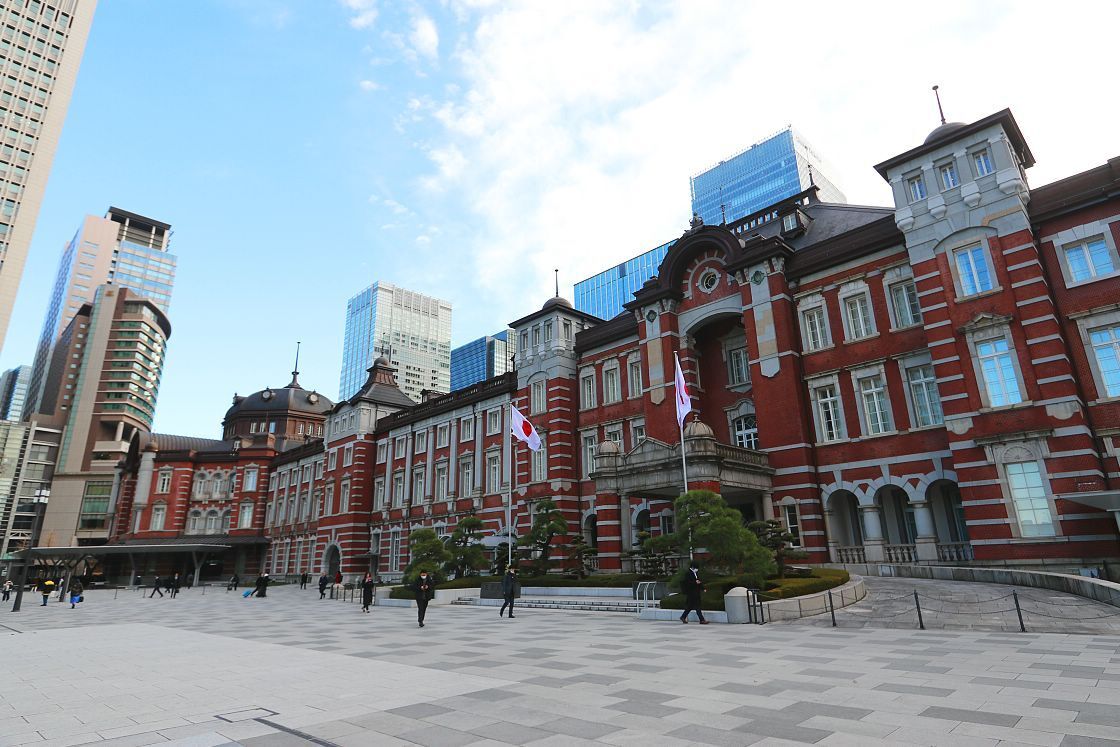
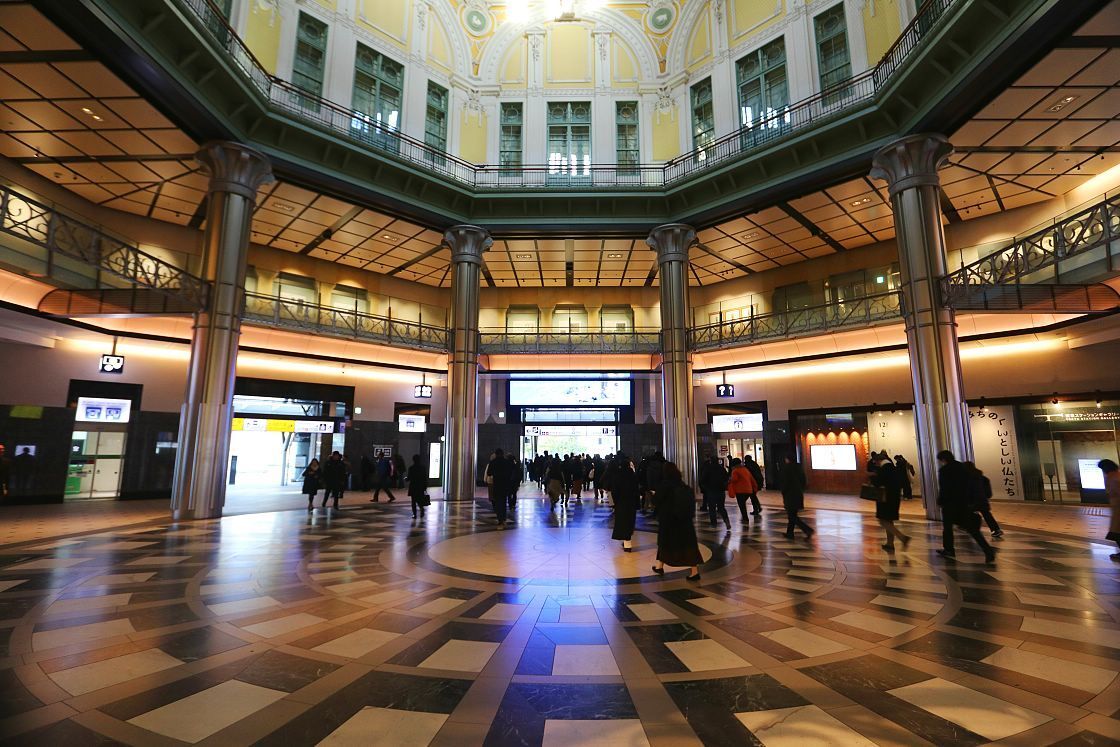
Travelers have the choice of buying the pass over the counter at a ticket office, buying it at a reserved seat ticket machine, or making an advance reservation online and then completing the transaction at a reserved ticket machine – the latter recommended as by far the quickest and easiest, especially during busy periods. Whichever method you decide to use, note that you’ll need to show your passport in order to prove your eligibility and complete the purchase.
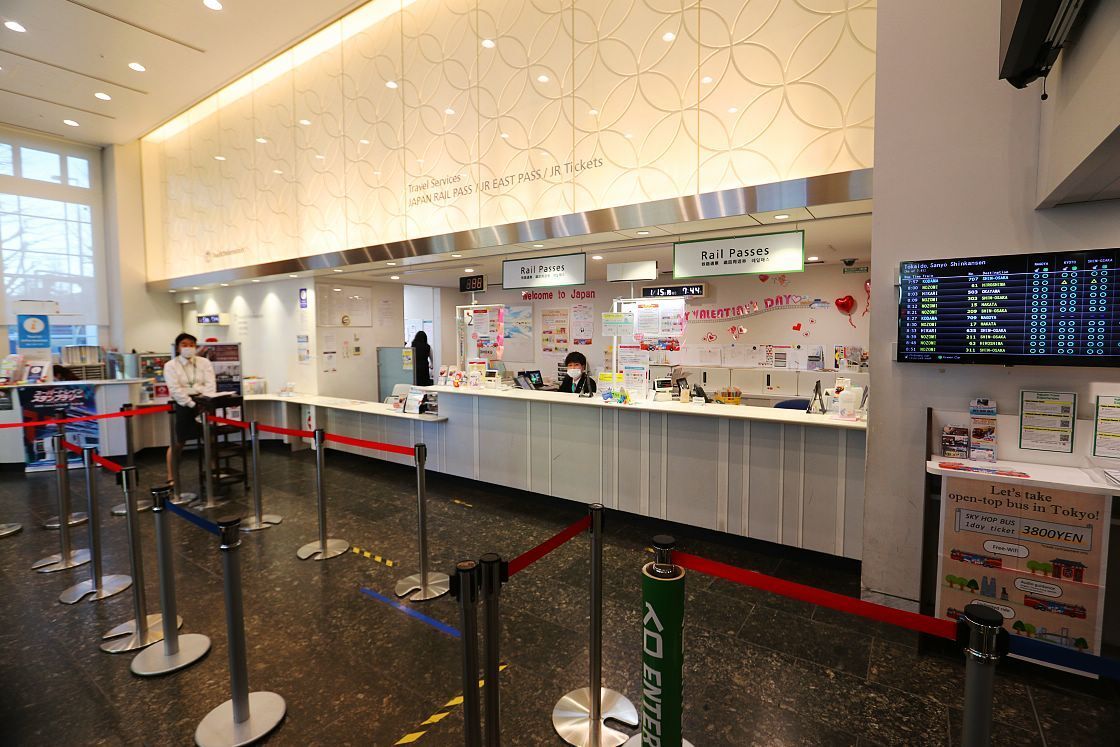
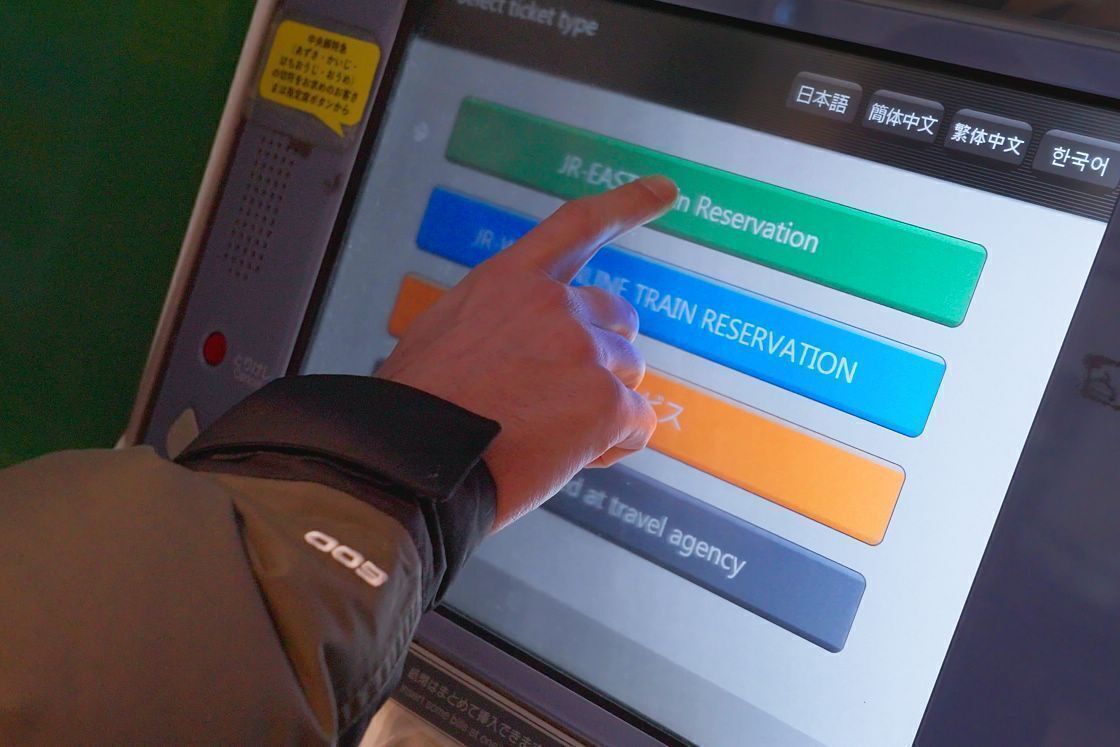
Pass in hand, I made my way through the ticket gate and onto the platform, where the Limited Express Odoriko awaited me. On board, the carriage was cozy and nicely furnished, making for a relaxing two and a half hour journey out of the city, through Kanagawa Prefecture and onto the Izu Peninsula.
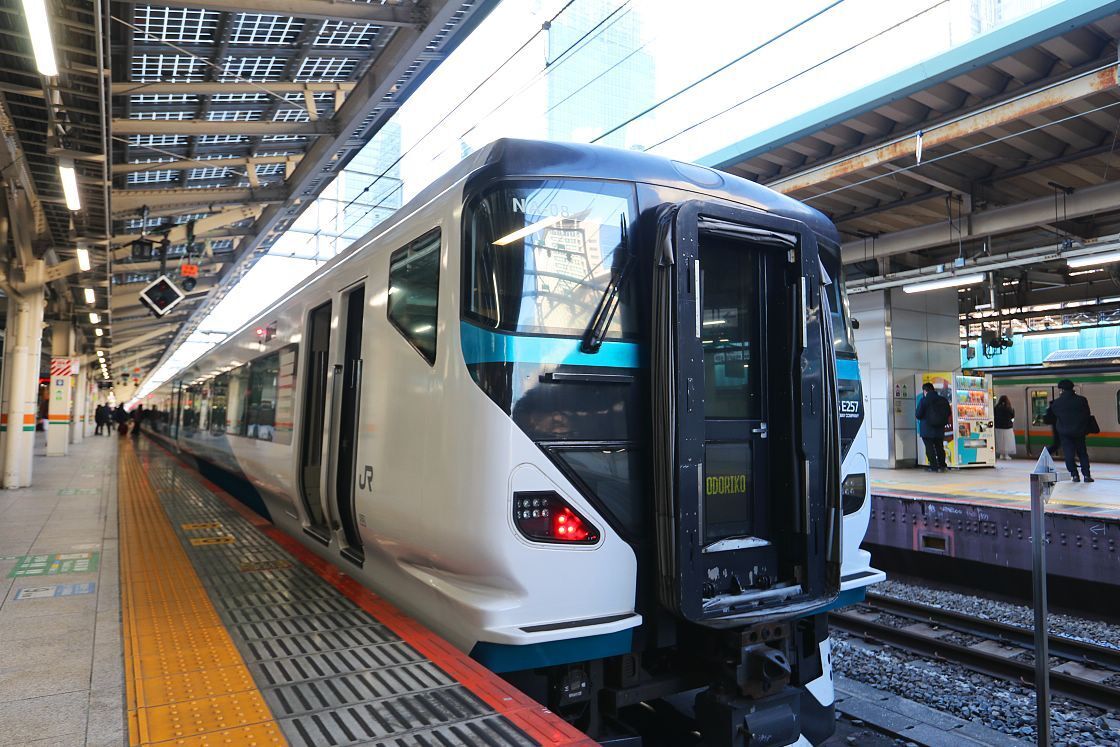
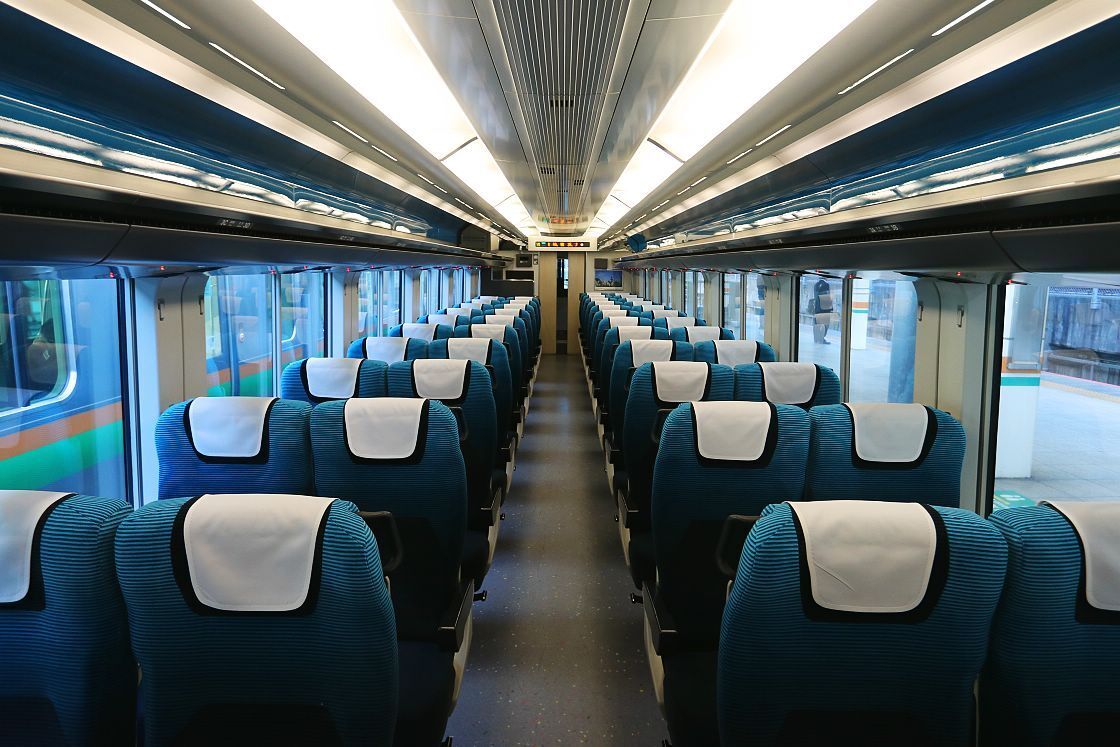
Getting off at Kawazu Station, I made my way to the nearby Kawazu Sightseeing Information Center to pick up a rental e-bike, whose extra power would soon come in handy on the 40 minute ride west from the town, with a few moderately challenging uphill pulls.
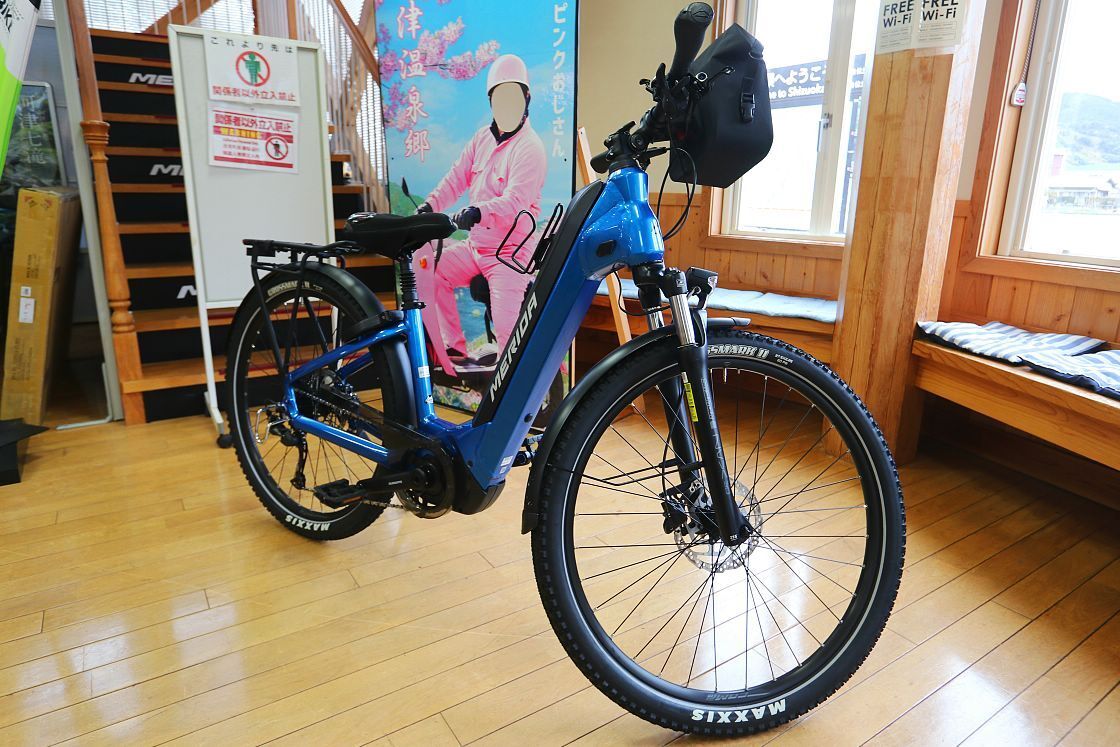
My destination was one of the Izu Peninsula’s best known scenic spots, the Kawazu Nanadaru – a series of seven attractive waterfalls in the Kawazu River, all of which can be reached in about an hour’s walk along a peaceful, wooded trail.
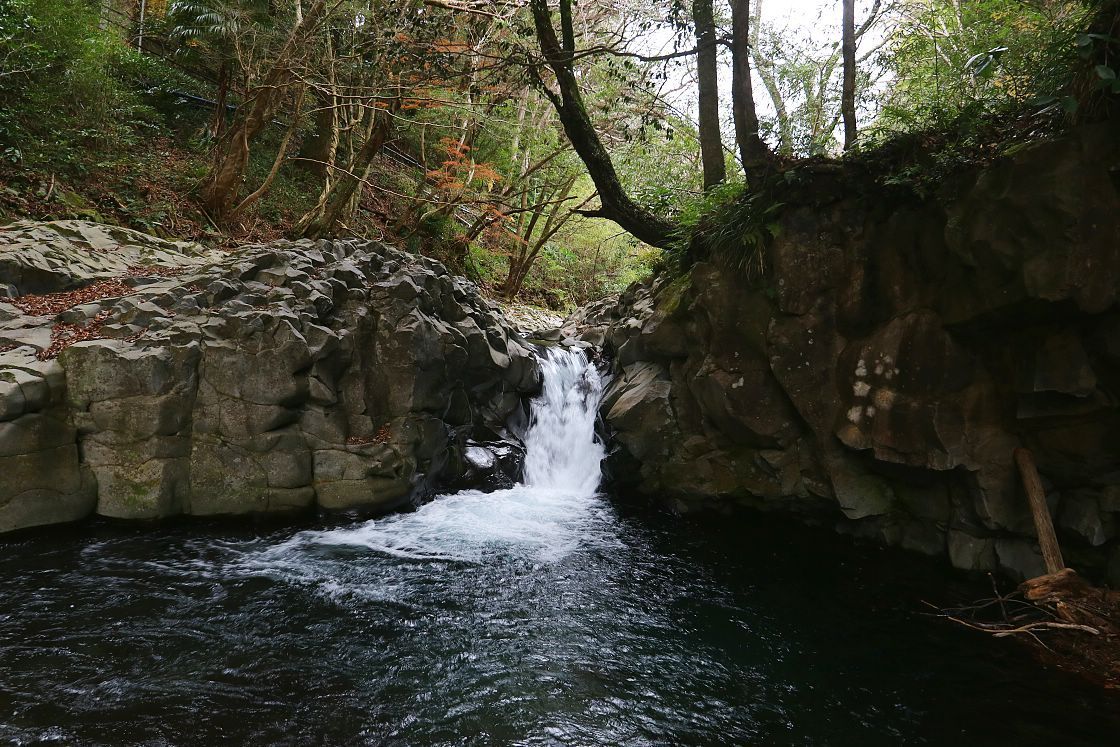
Just a few minutes into the walk, I arrived at perhaps the best known spot, called the Shokeidaru. Here, a 10 meter strip of water streams into a circular plunge pool, beside two seated bronze figures representing characters from the classic Kawabata Yasunari short story The Izu Dancer
.
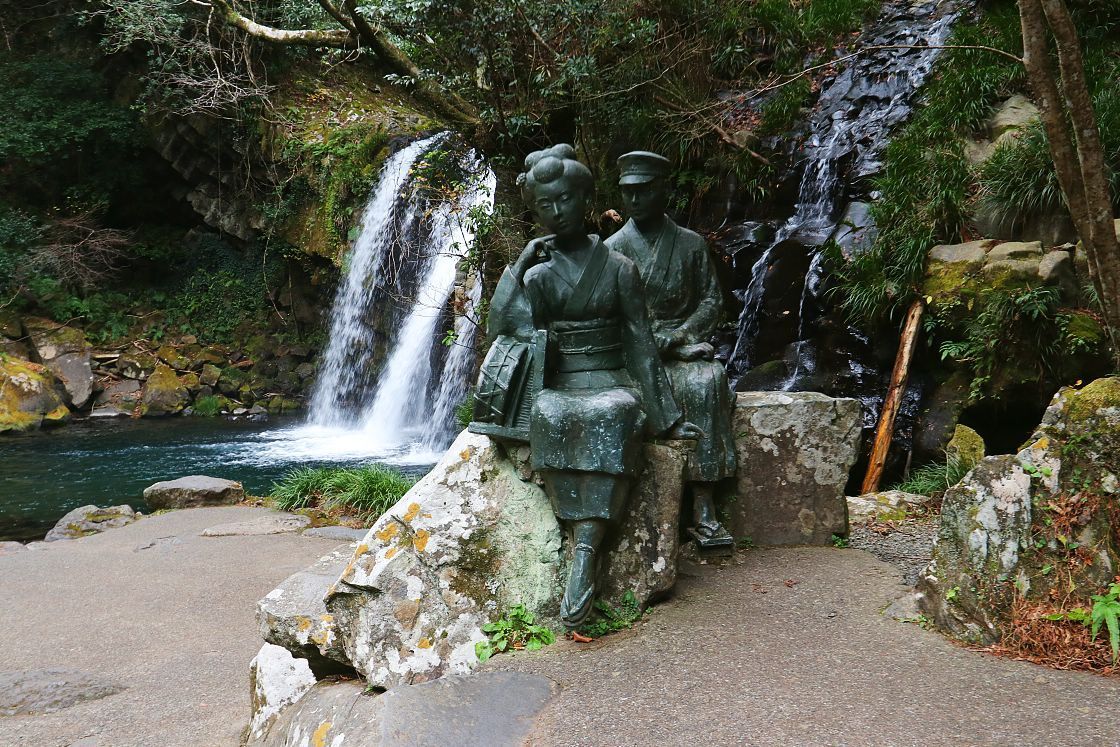
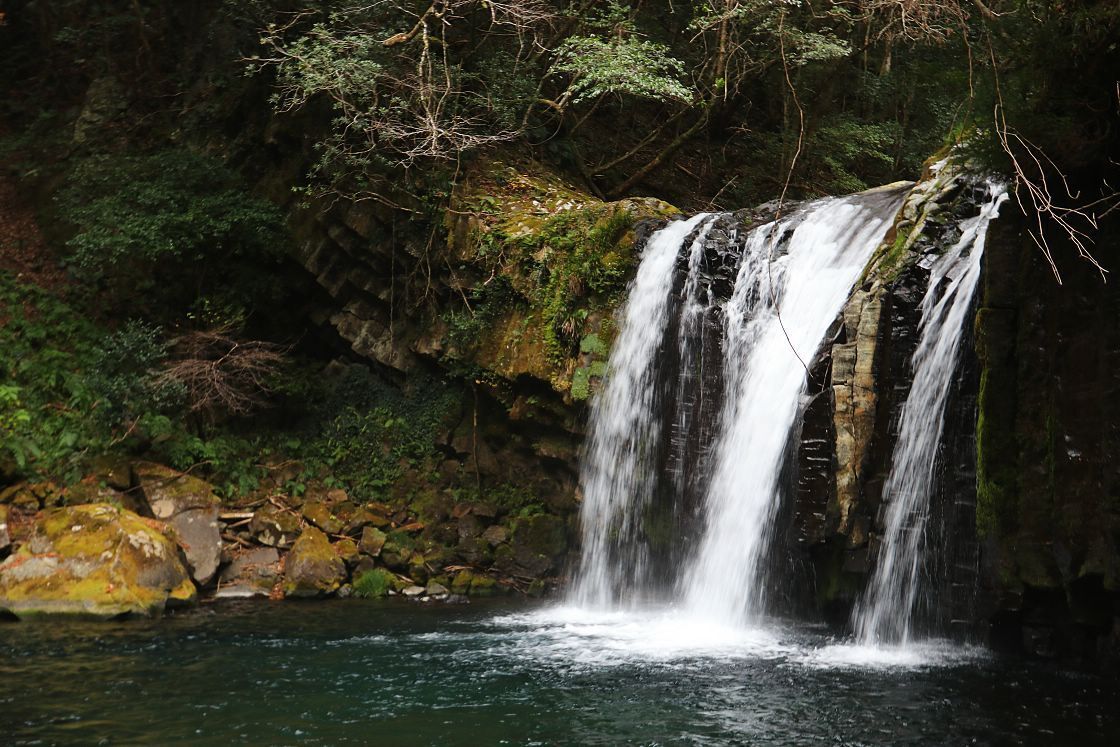
In the story, a Tokyo university student visits the region during the last days of summer vacation and experiences a brief, chaste romance with the younger dancing girl of the title. First published in 1926 and since adapted many times for TV and film, the story has become somewhat emblematic of the Izu Region and even gives its name to the Limited Express Odoriko, meaning “dancing girl”.
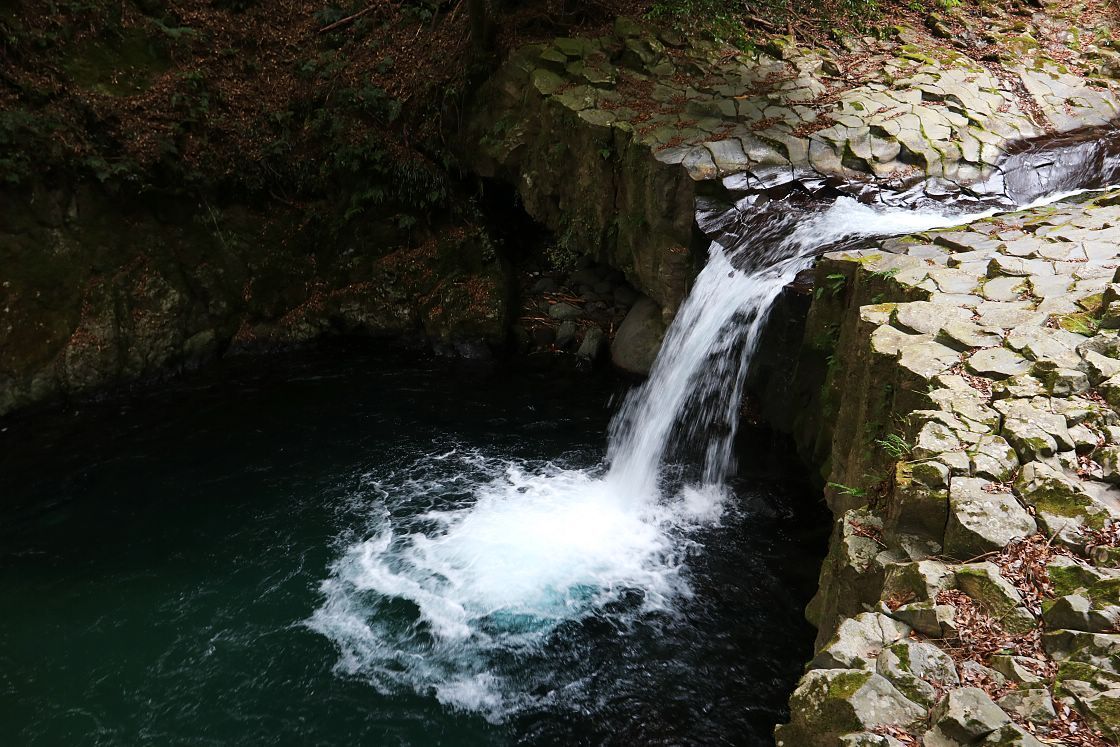
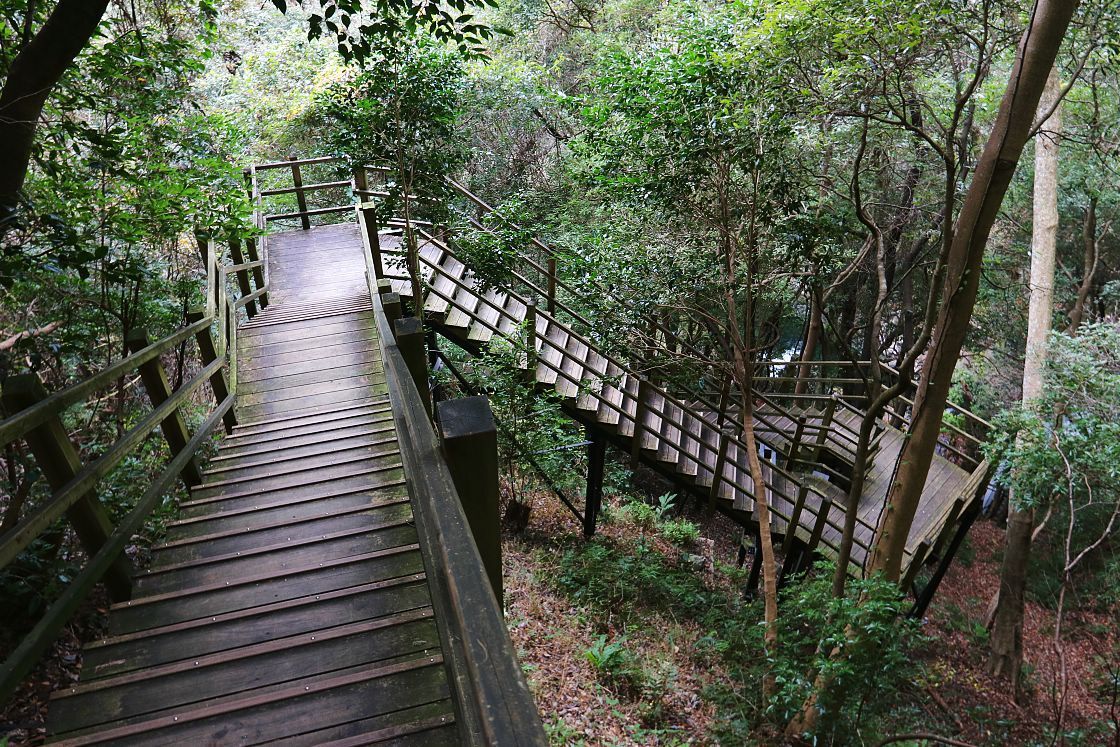
Perhaps almost as much as for the waterfalls themselves, this stretch of the river is known for a series of strangely segmented stone formations resembling snake scales, formed many thousands of years ago by volcanic lava flow.
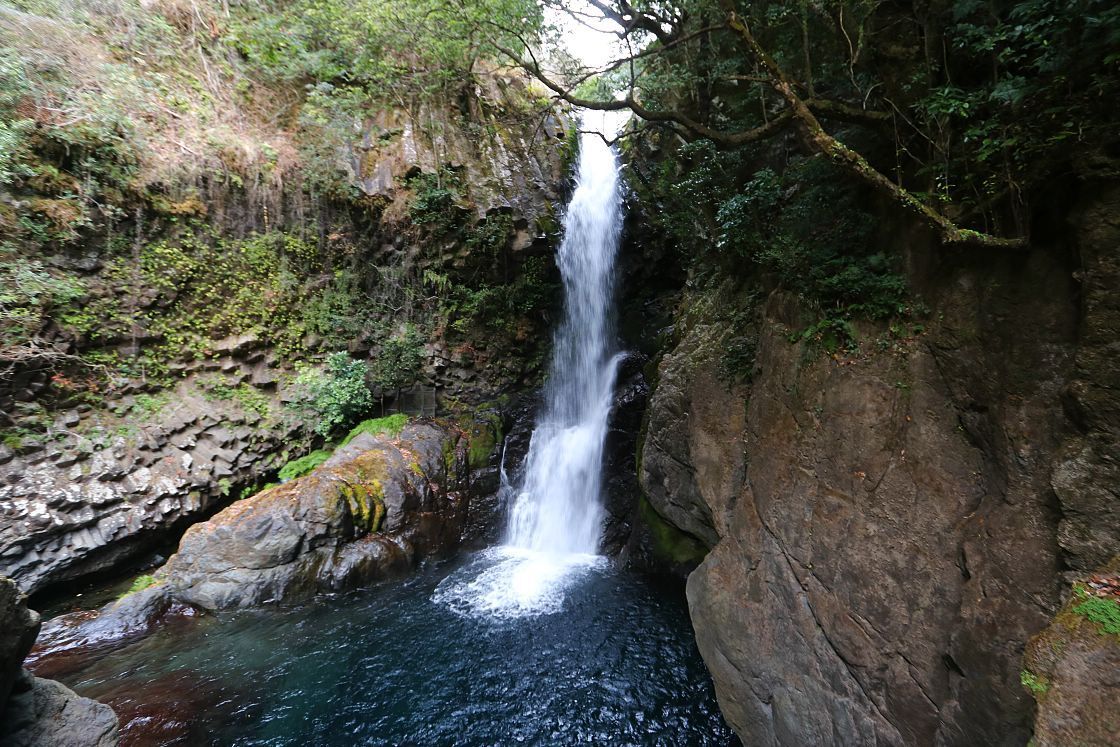
After pausing to take in the last and tallest of the falls, I turned back along the trail to its starting point and retrieved my e-bike. Located just a couple of minutes’ ride back in the direction of Kawazu Station, my next stop was the Wasabi Garden Kadoya – a simple roadside restaurant specializing in the popular local crop of wasabi.
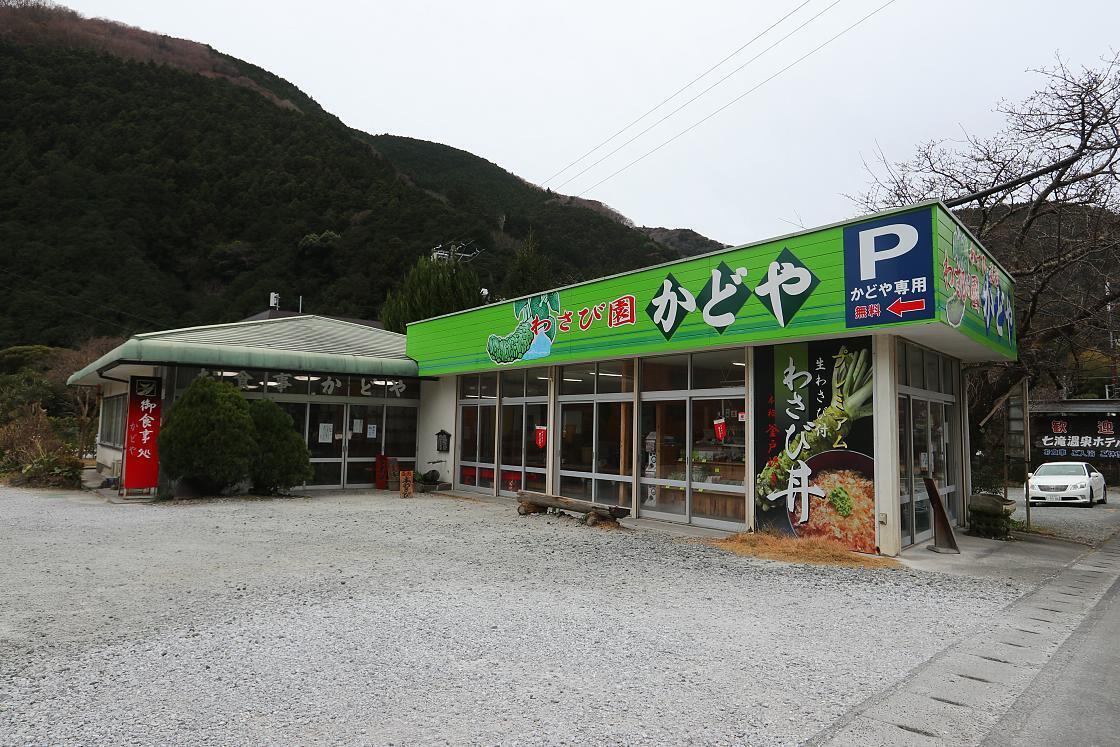
In fact, Kawazu is widely known for its wasabi, a great deal of which is grown nearby in terraced fields running along the area’s many mountain streams. Much like the many natural hot springs and even the river itself, the success of wasabi here in Izu is a gift from its volcanic geography, with an abundance of clear and nutrient-rich water flowing from the Amagi mountains.
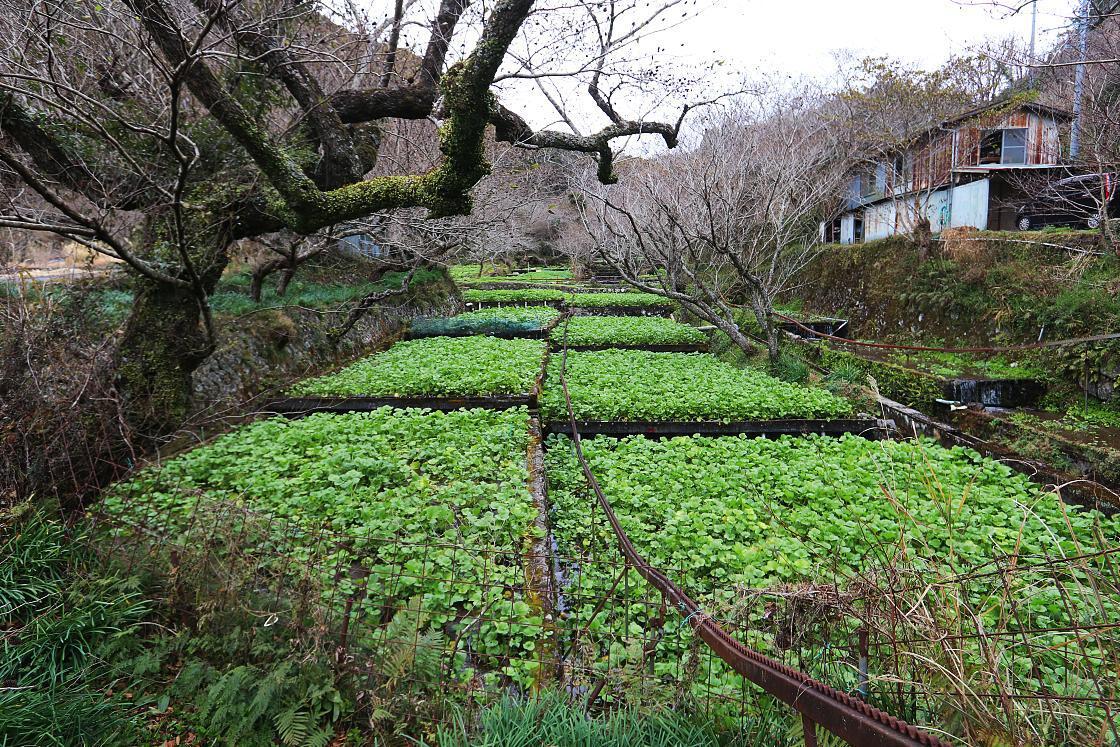
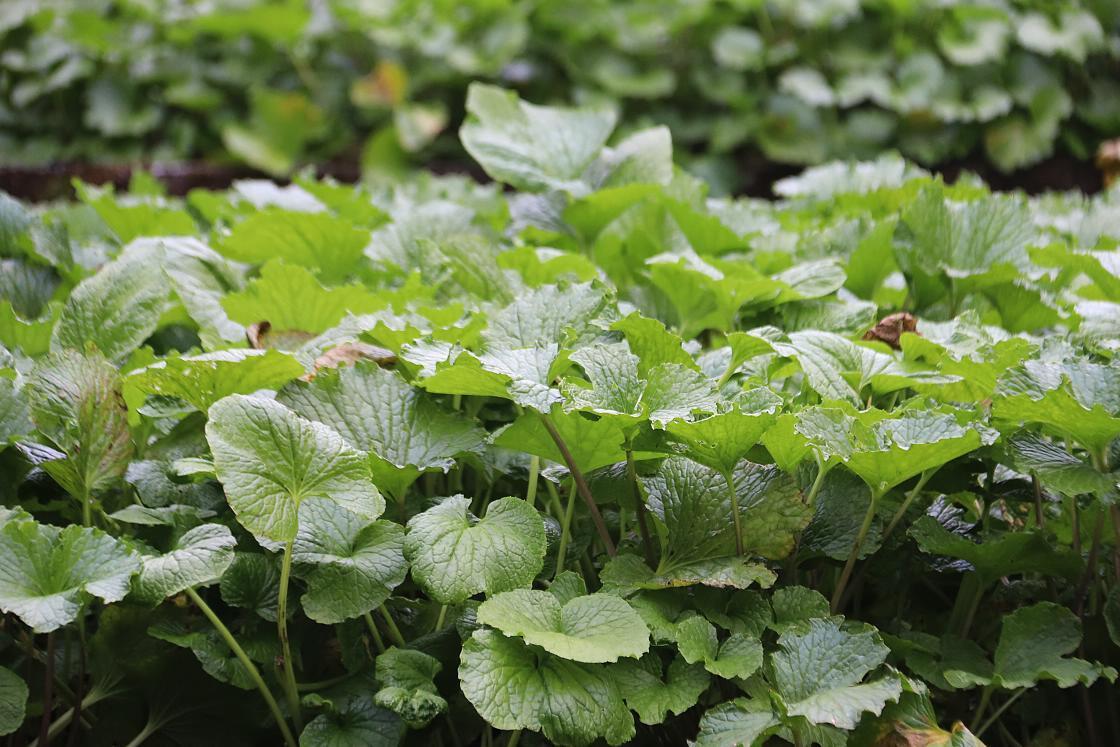
For lunch, I ordered the local favorite of wasabi don – a rice bowl topped with bonito flakes and hand-grated wasabi, served alongside a generous helping of soba, or buckwheat noodles. With its creamy texture and subtle flavor, the fresh wasabi soon distinguished itself from the more processed version I was used to – this was shortly followed by another surprise as the initially gentle gkickh continued to build into something quite explosive!
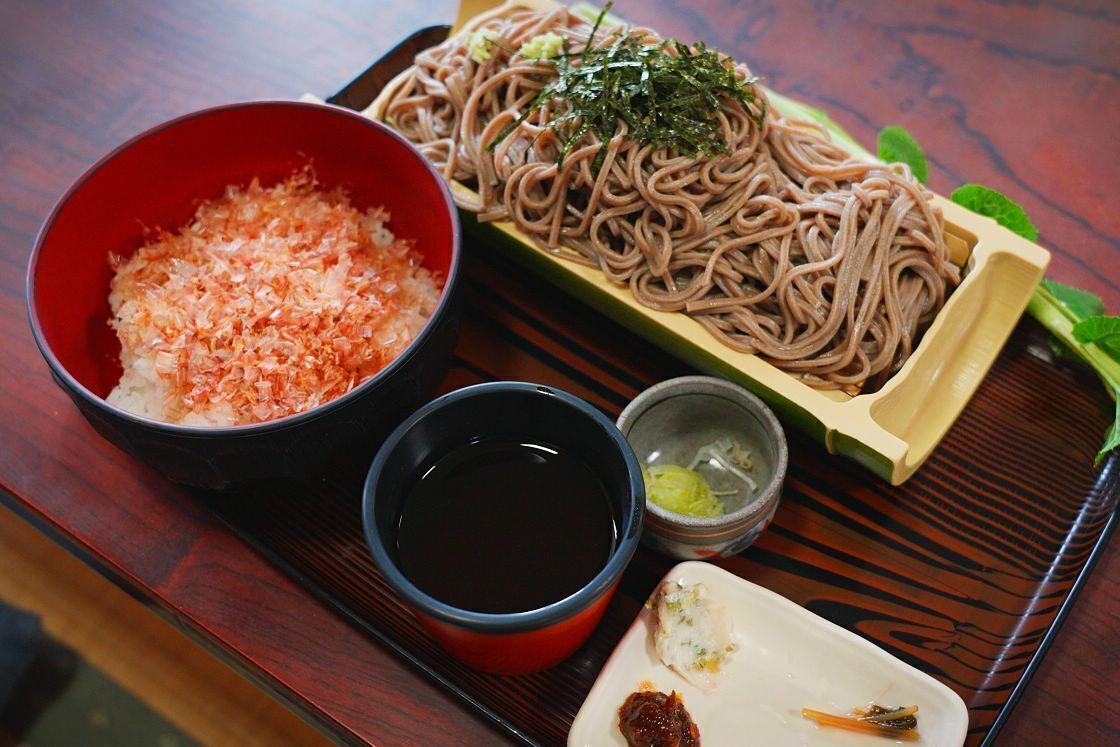
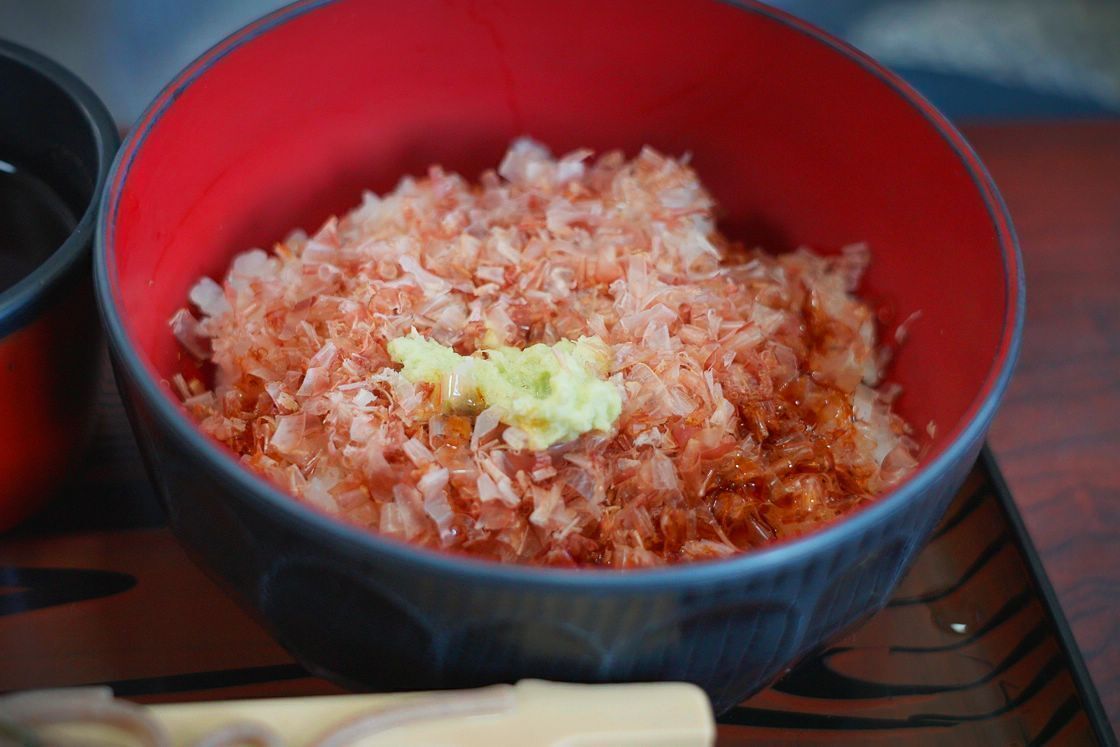
Retracing my steps to Kawazu, I first dropped off my e-bike at the tourist office before jumping on another train, this time heading down the coast to the quiet harbor town of Shimoda, nestled just shy of the peninsula’s southern tip.
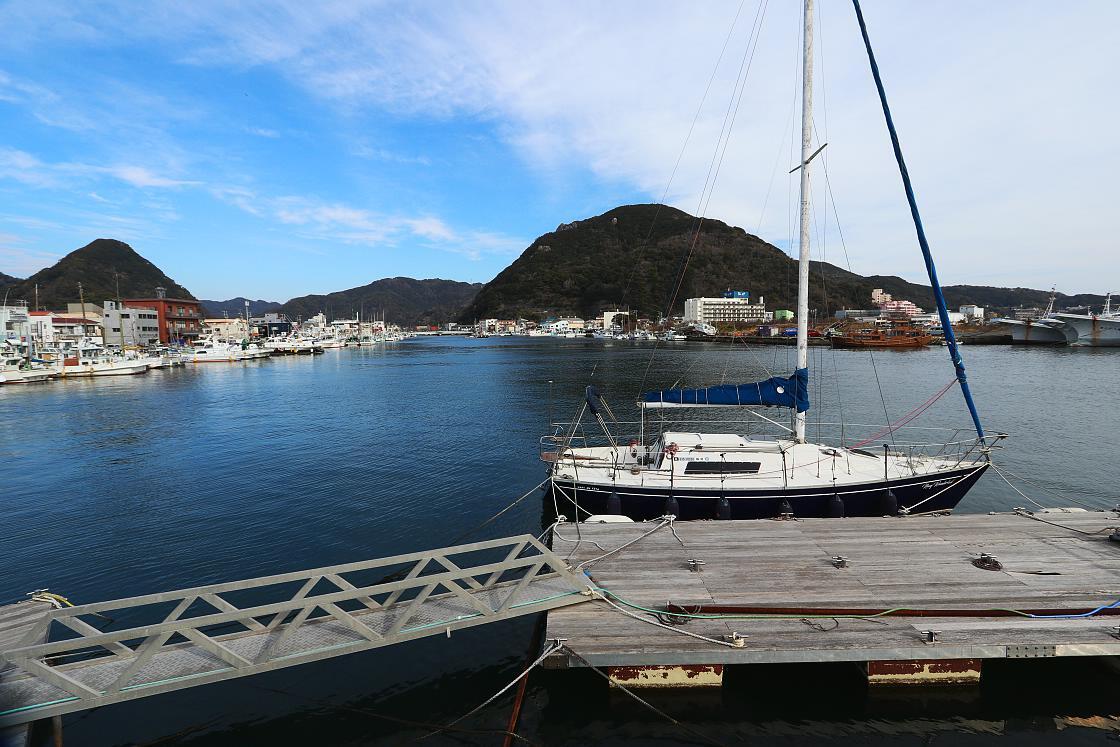
It was into this port in 1853 that Commodore Perry of the US navy sailed four steam powered gblack shipsh, forcing open the nation’s barriers to the outside world at large after more than 200 years of self-imposed isolation. Today, visitors can find various monuments and a small museum dedicated to the history surrounding this momentous event, but I was content to take a relaxing afternoon walk along Perry Road – a picturesque canalside street named for the commodore.
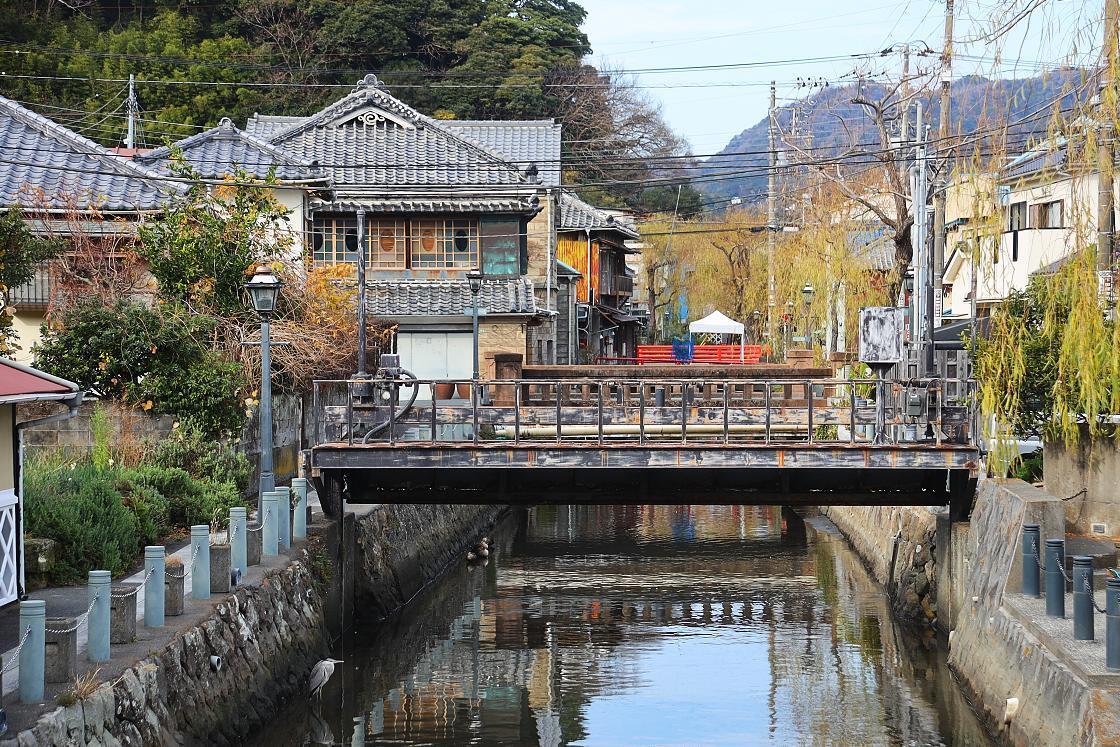
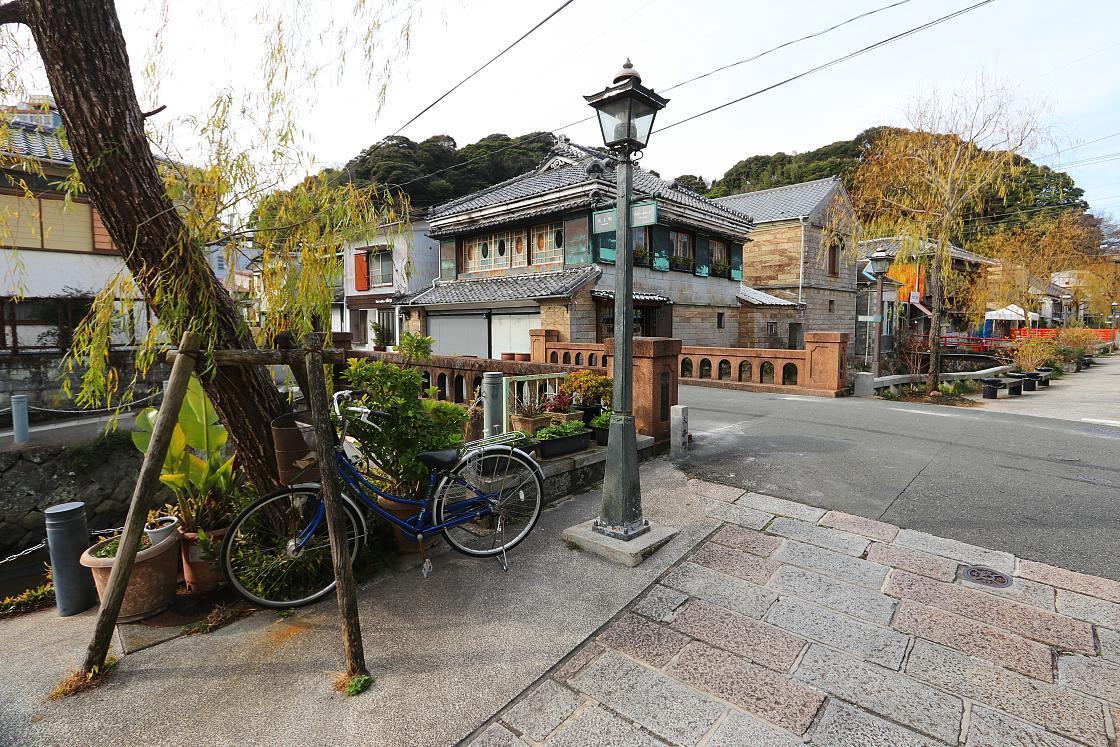
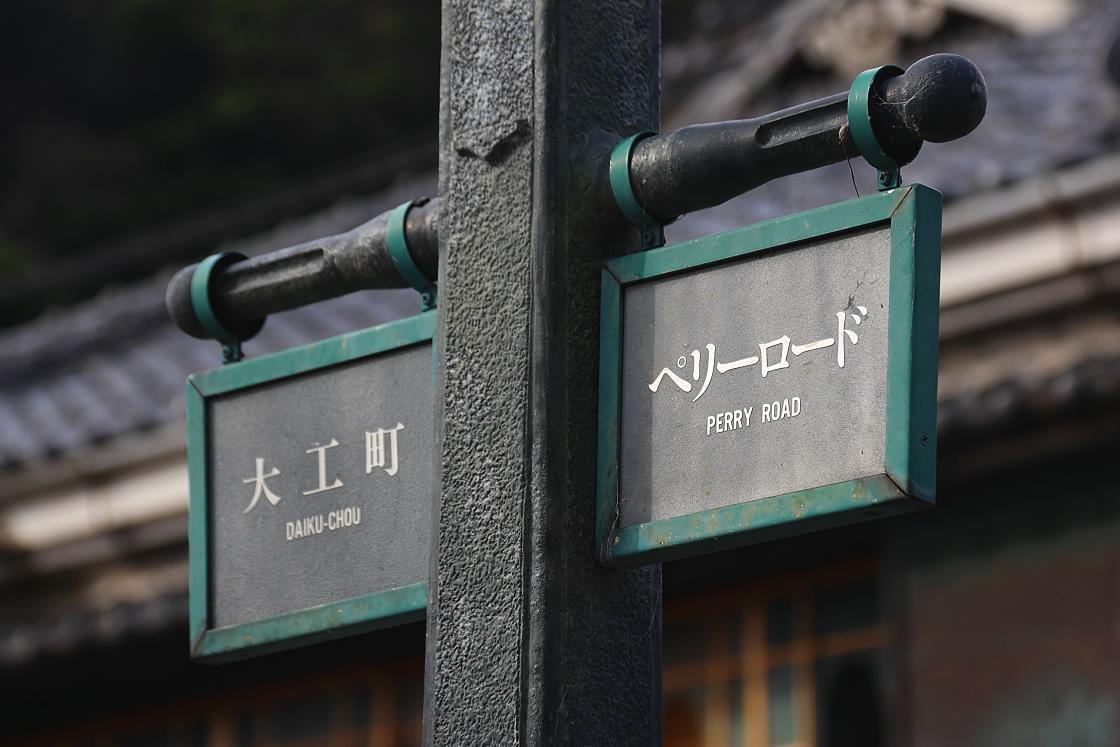
From there it was just a few steps to the waterfront, where the main character says a final touching farewell to the dancing girl in Kawabata’s story before returning to Tokyo by ferry. Looking past tightly packed rows of fishing and pleasure boats to the opposite side of the harbor, I made out the gracefully curving form of Mount Nesugata, which takes its name (literally “sleeping position”) from its supposed resemblance to a sleeping woman.
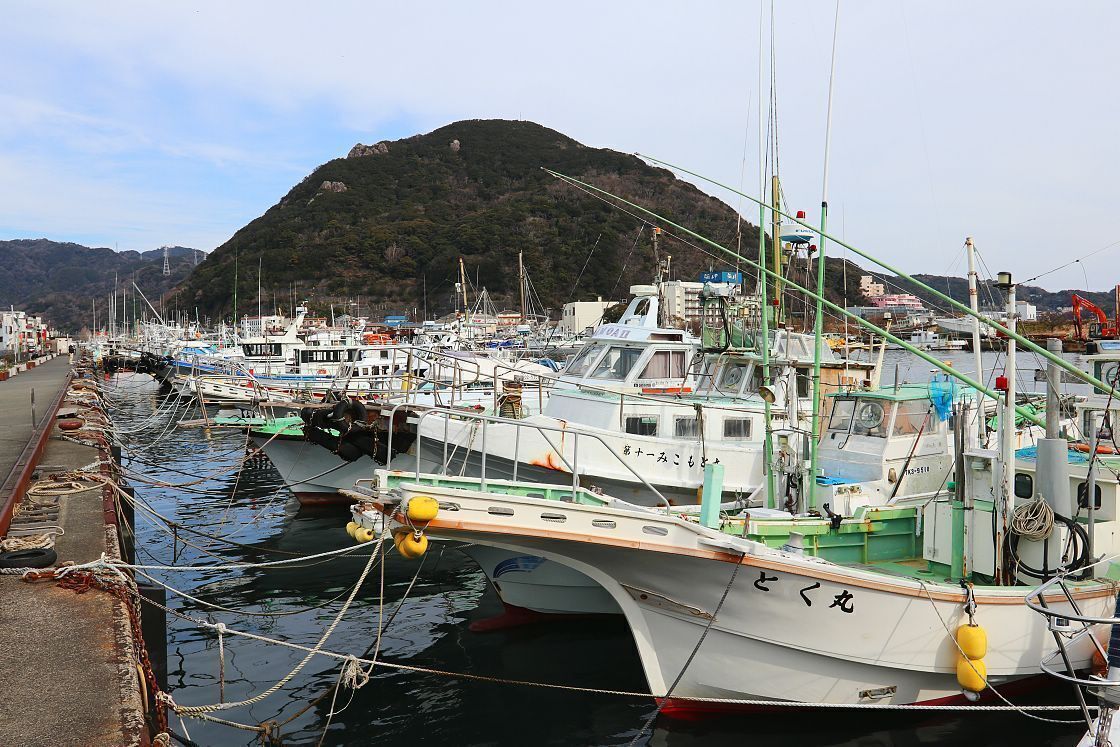
With the light just beginning to fade, I jumped on a free shuttle bus for a quick 5-minute ride back up the coast to my accommodation for the night, the HOTEL IZUKYU – a medium to large sized resort hotel with its own hot spring facilities, located just behind the popular Shirahama Beach.
After checking in, I immediately went up to get settled into my room. I had chosen the recently renewed Western-style twin type – this turned out to be spacious, nicely furnished and – best of all – features a deep, luxurious bath placed by the window so guests can enjoy a relaxing soak while looking out over the ocean.
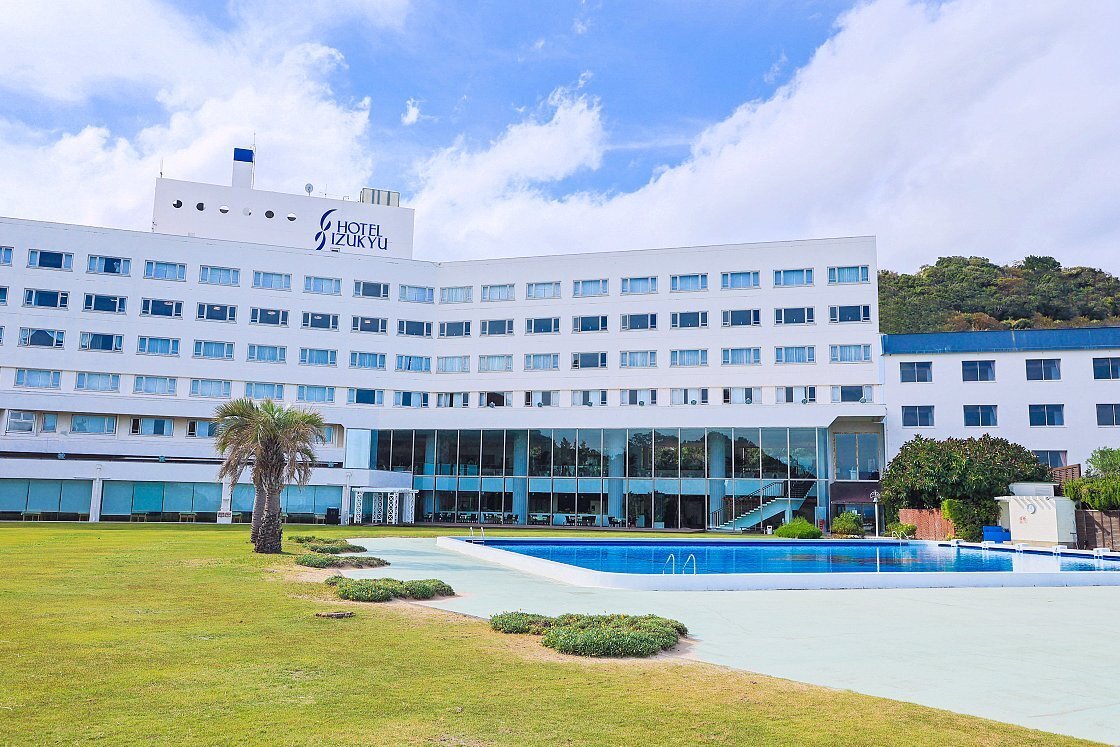
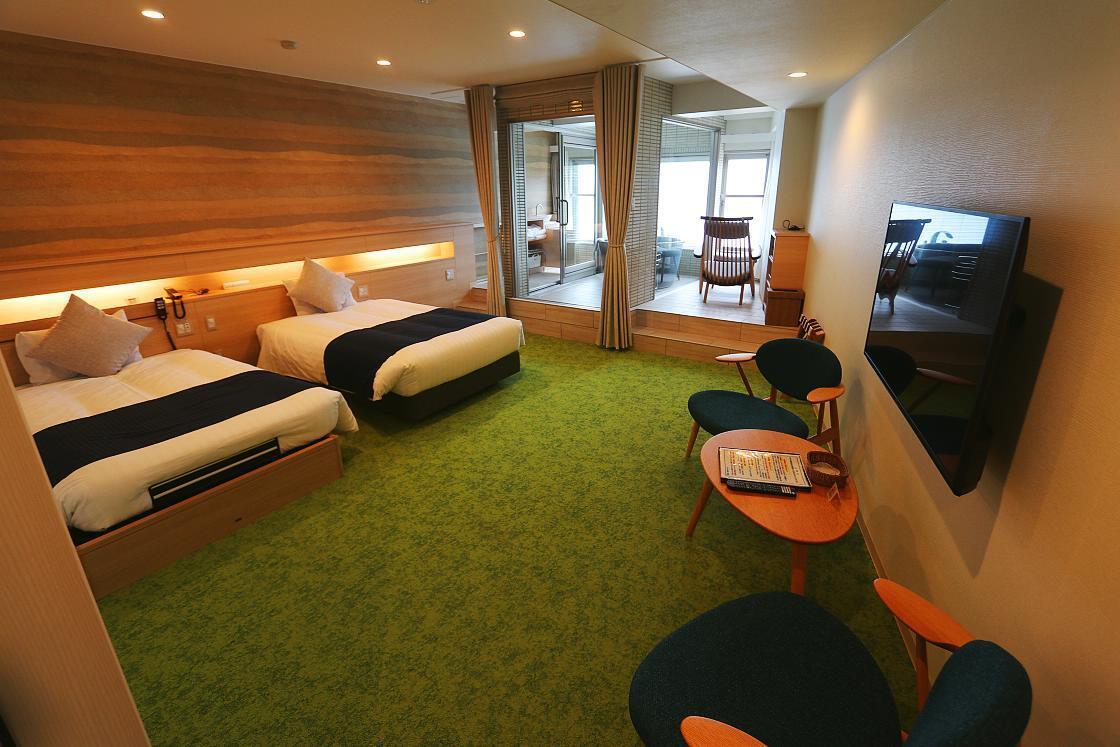
Not wanting to miss anything however, I decided to take my first dip downstairs in the public baths. In fact, the HOTEL IZUKYU is somewhat unusual in that it boasts not one but two separate hot spring sources – while the elegantly designed outdoor bath is fed by relatively plain and neutral water piped in from the grounds of nearby Rendaiji Temple, the larger indoor bath receives a mineral rich and slightly alkaline supply from directly below the hotel itself.
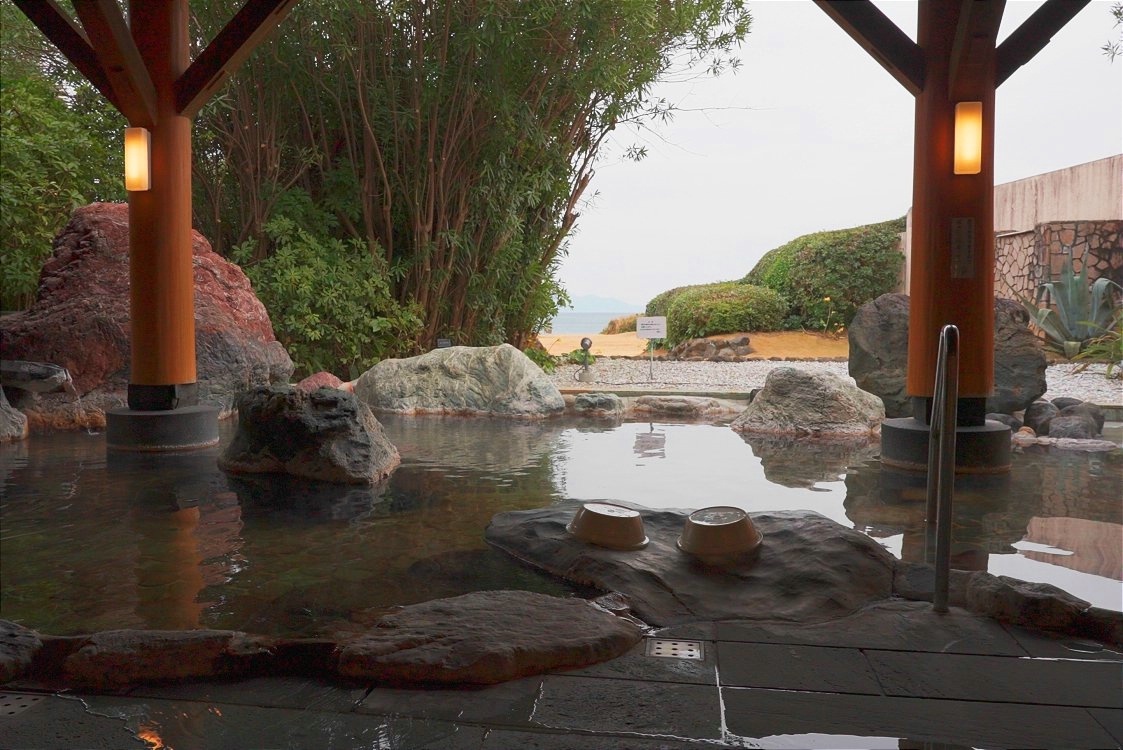
After taking some time to enjoy both of these, it was soon time for a buffet style evening meal in the large open dining room. This began in the usual fashion with a series of light, beautifully presented small plates, followed by my choice of two mains and dessert – I went with a lightly seared bonito sashimi, a selection of vegetable and seafood tempura and finally caramel pudding.
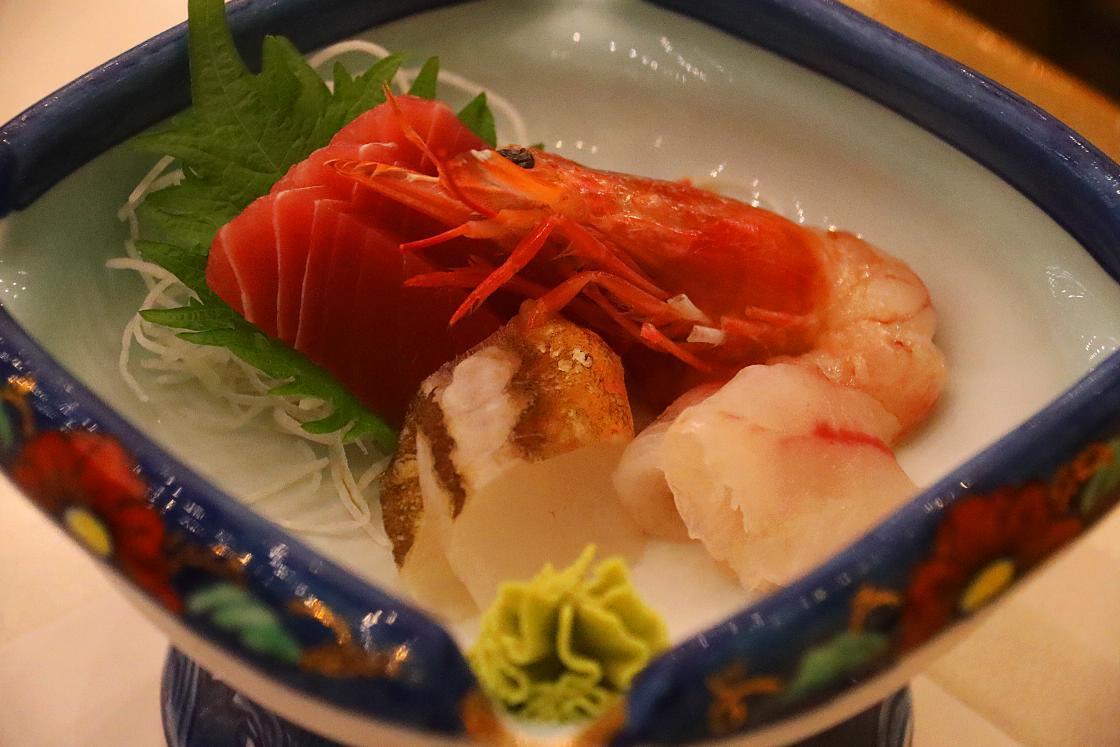
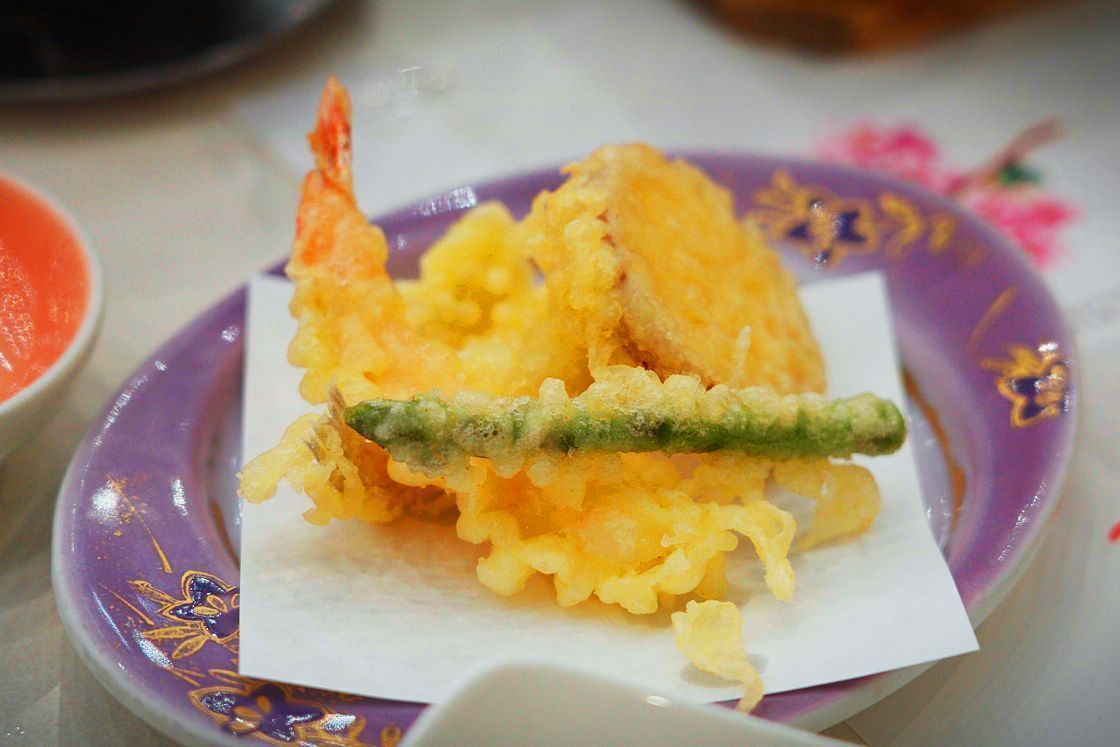
Thoroughly satisfied, it was time for a last dip in my private bath, and bed – lulled by the distant sound of waves rolling onto shore.
Day 2 – Jogasaki and Atami
Feeling fully recharged, I made an early start the following morning with another short bus ride to Shimoda, followed by a 50 minute journey by local train back up the coast to Jogasaki-Kaigan Station. From here, I set off on another very scenic walk along one of the peninsula’s best known and most visually striking stretches of shoreline – the Jogasaki Coast.
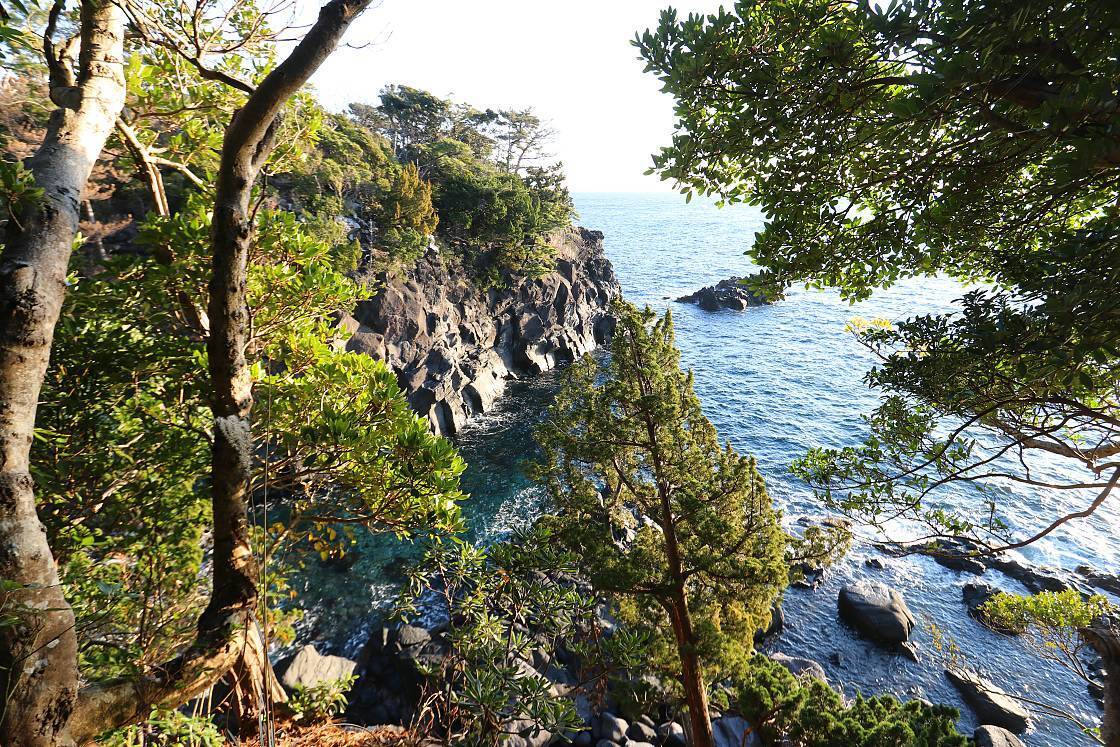
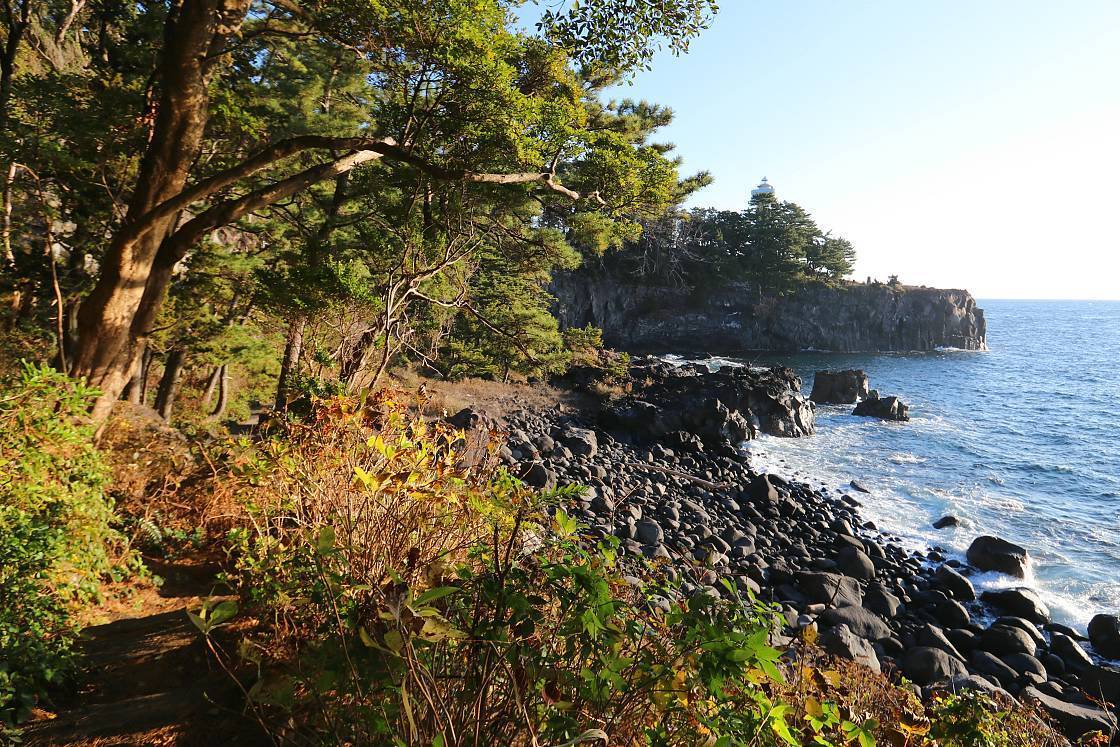
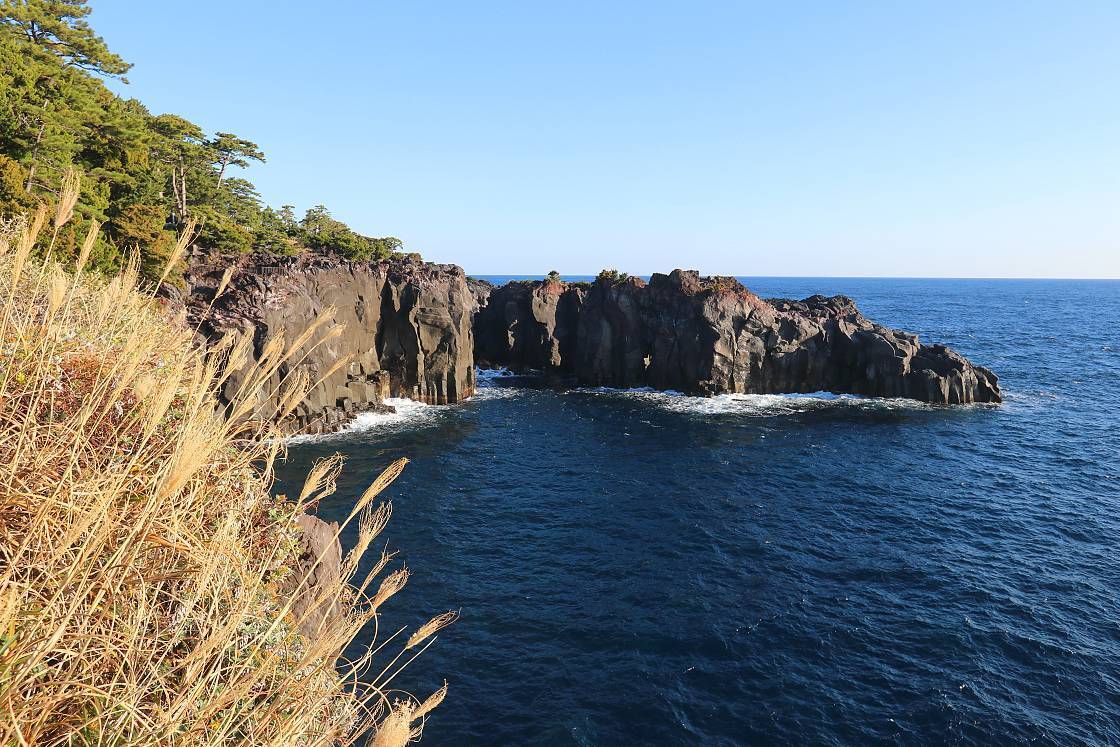
Comprising around 9 kilometers of jagged, pine crested cliffs, the trail offers up a spectacular series of viewpoints highlighting both the rugged beauty of its own volcanic formations and the brilliant, glittering blue of the Pacific Ocean. Visitors to the coast can choose from a range of signposted and well maintained walking routes, but I was happy with just a modest excursion as far as the Kadowaki Lighthouse.
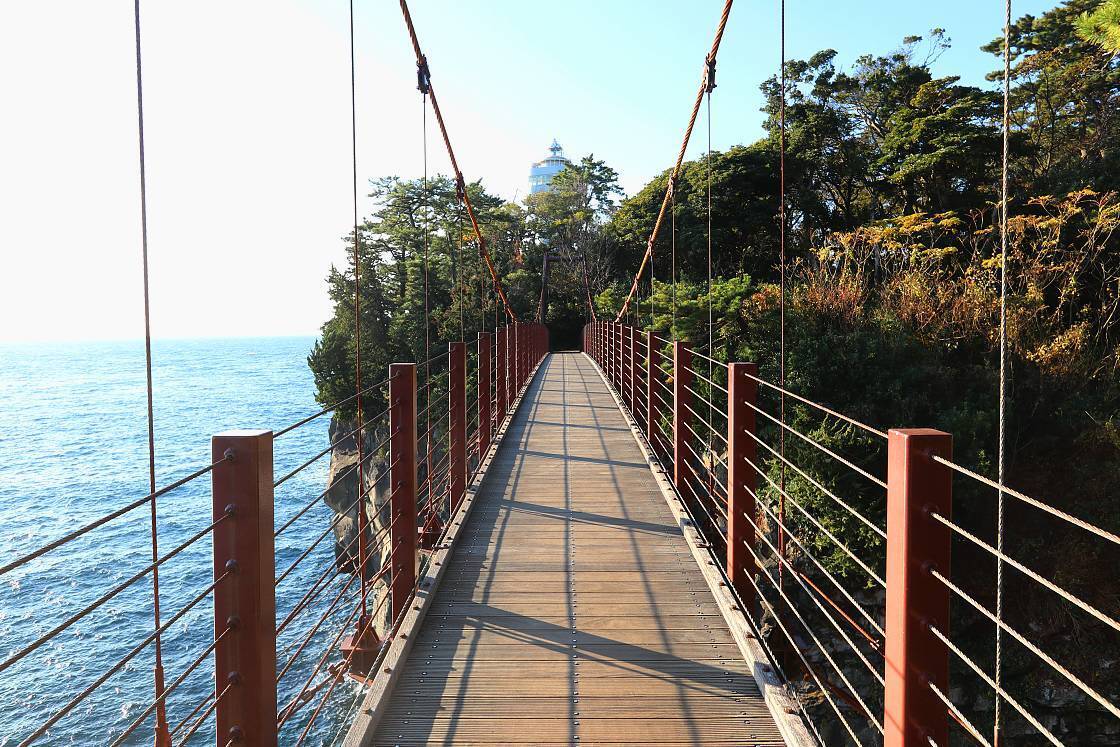
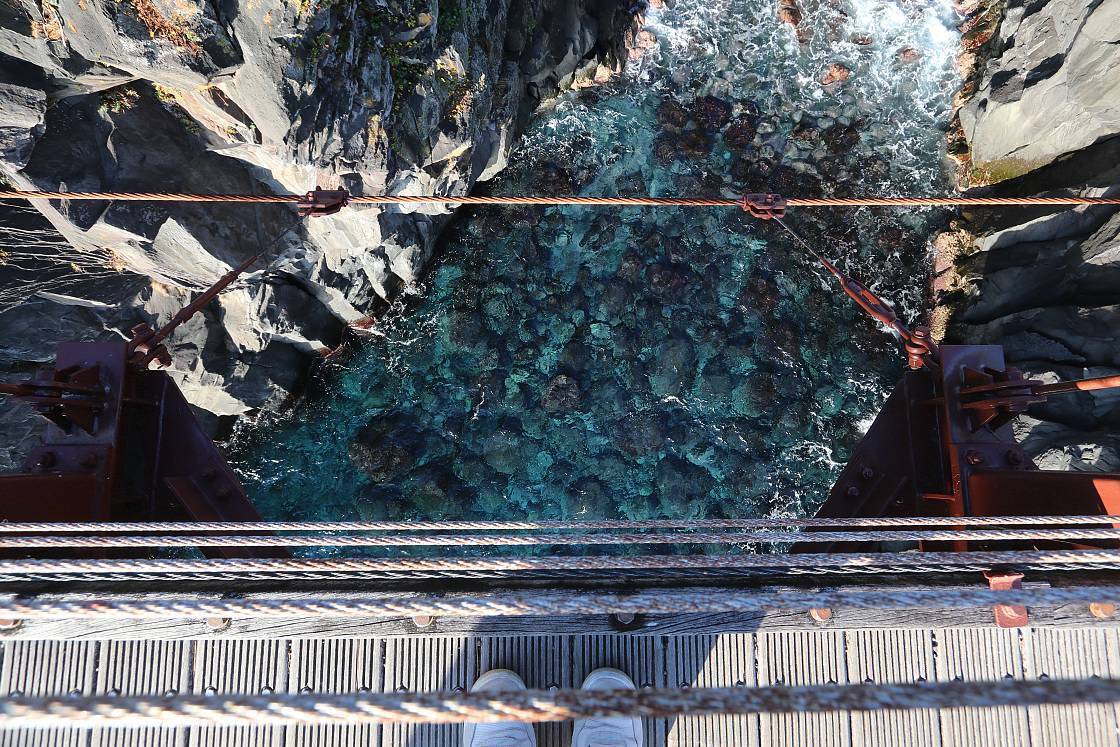
After this bracing start to the day, it was time to retrace my steps to Jogasaki-Kaigan Station for a second northbound train journey, this time to the popular resort city of Atami and taking a little under 45 minutes. Arriving into Atami Station after another scenic and very enjoyable ride along the coast, I immediately changed to a local bus for the second to last stop on my itinerary.
Known as one of the gthree great villas of Atamih, the Kiunkaku was first built in 1919 as a holiday home by the shipping magnate Uchida Nobuya. Over time, the property and its expansive grounds changed hands many times before its transformation into an exclusive ryokan in 1947. In this guise, it gained a reputation as a popular retreat for some of Japan’s most noted literary figures, with a clientele including Naoya Shiga, Junichiro Tanizaki, and Osamu Dazai.
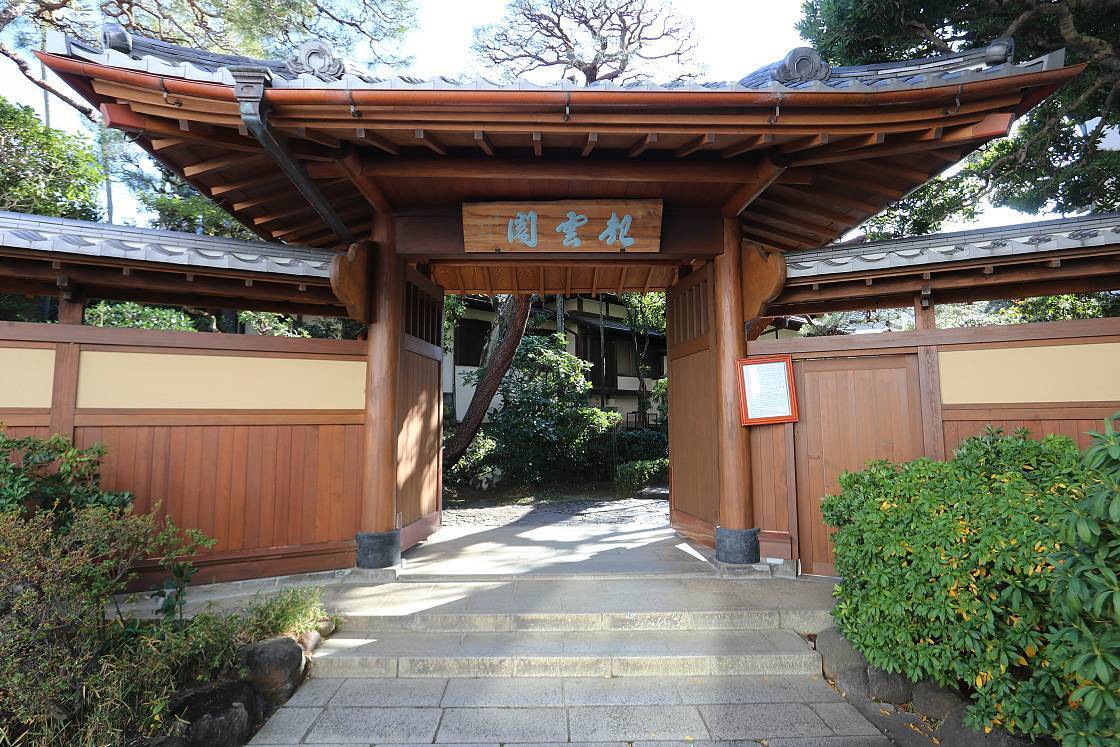
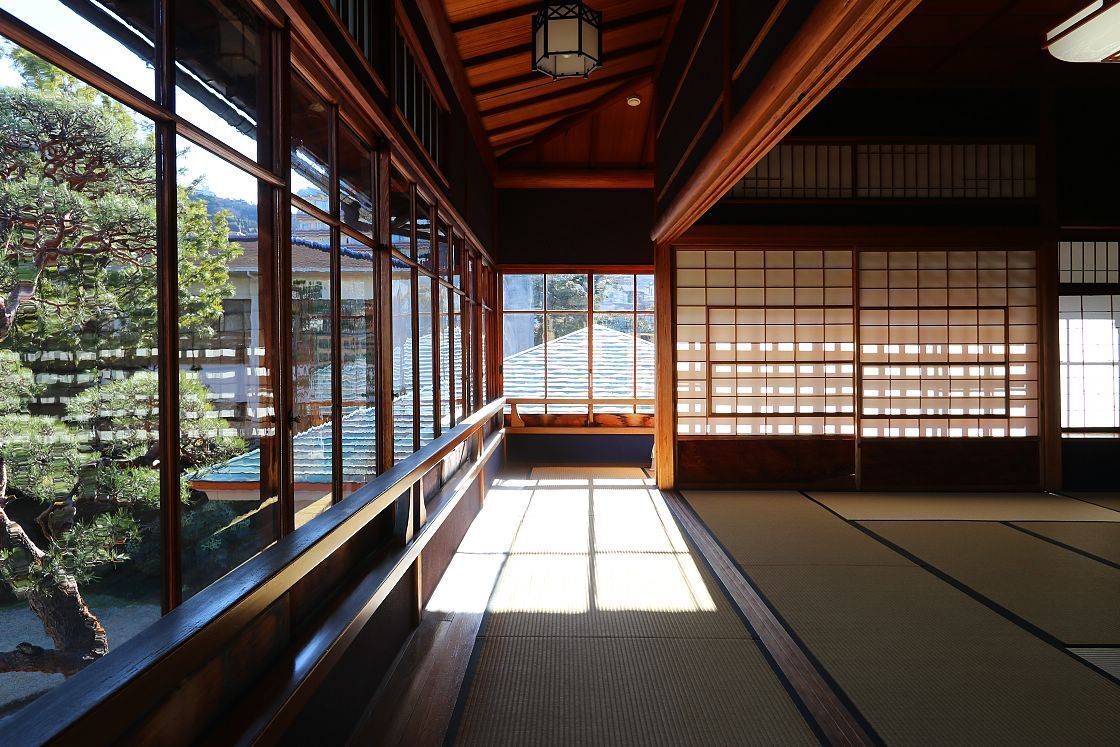
When its fortunes ultimately declined, the inn was acquired by Atami City and opened to the public back in 2000. Today, it comprises a complex of buildings arranged around a central landscaped garden, reflecting an eclectic mix of architectural influences as each of its owners adjusted existing structures or added their own.
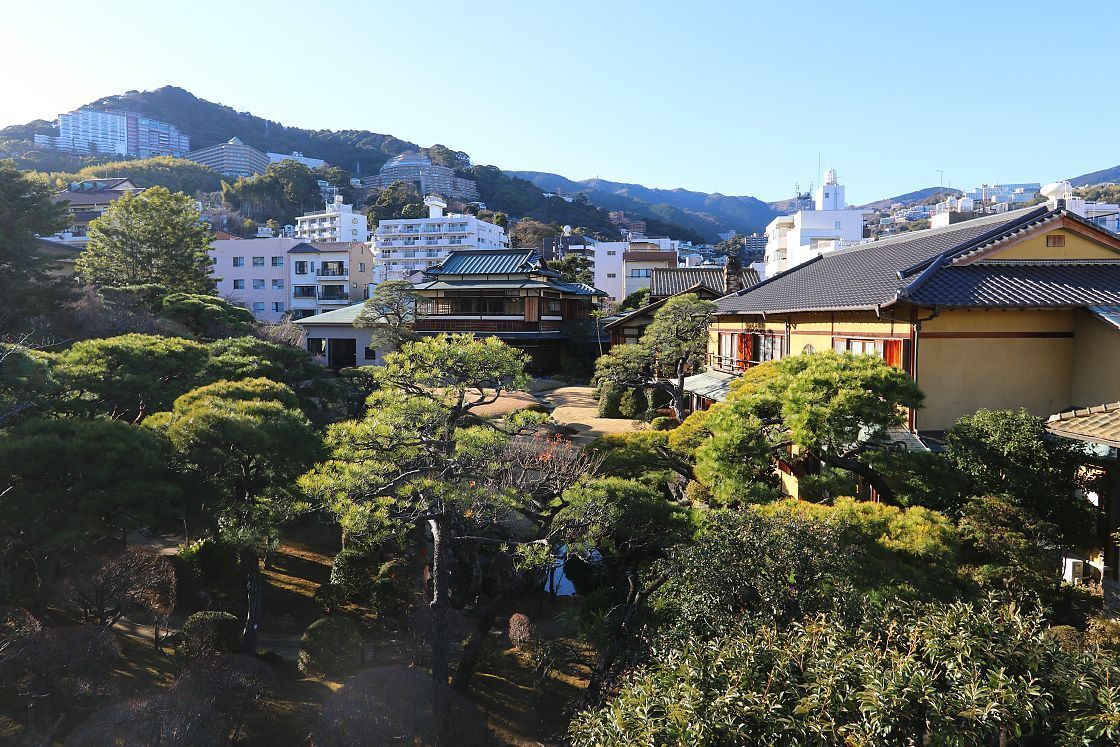
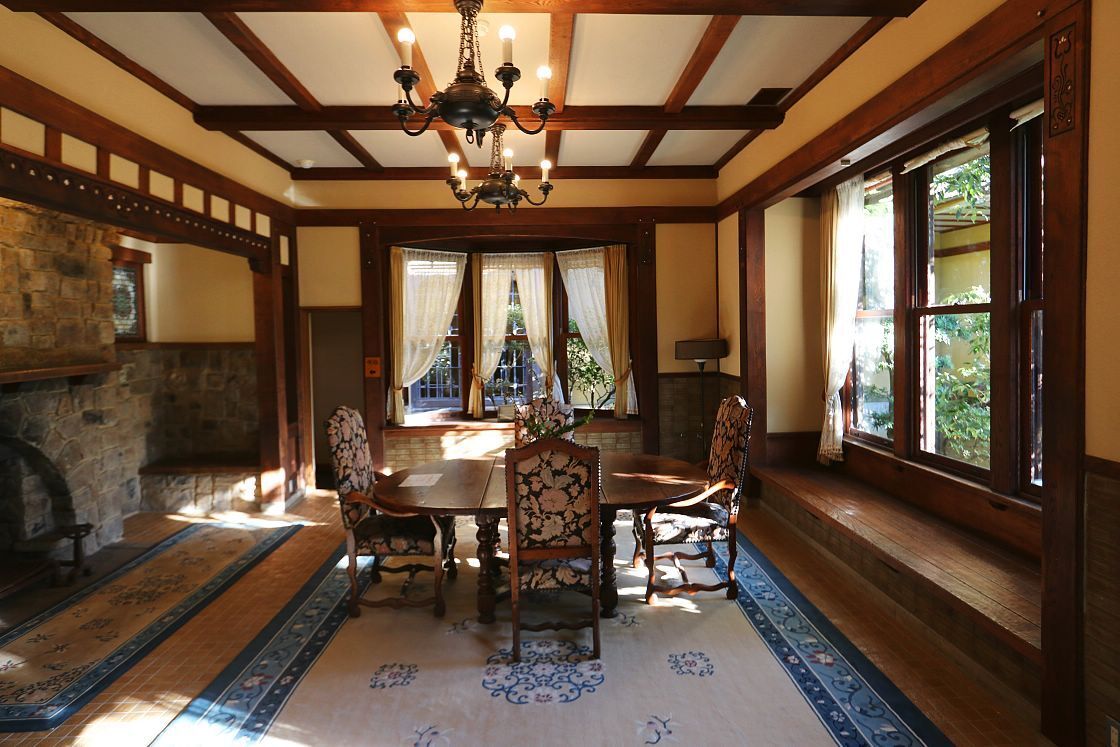
While some of its original grandeur may have faded, the former ryokan is still a pleasure to explore both for its varied and interesting design, and for its many handcrafted details – from the elegant wood joinery in its traditional tatami suites to the mosaic floor and walls of its extravagant Roman-style bathroom.
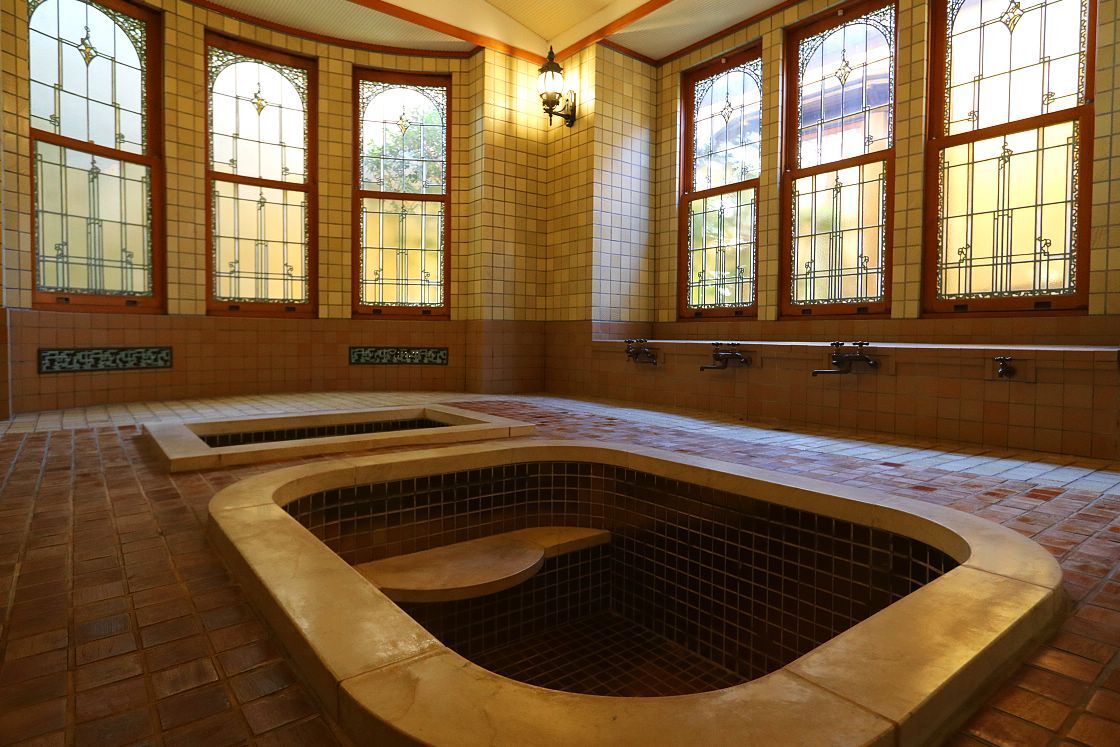
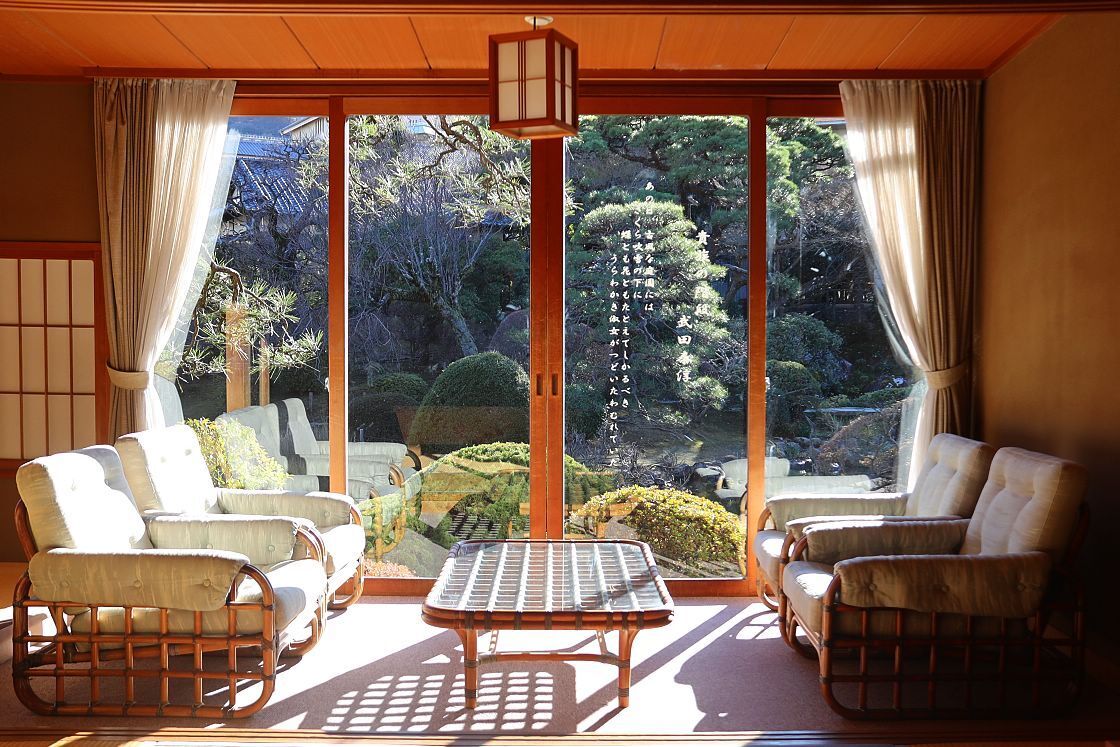
Leaving the Kiunkaku behind, I made my way back to Atami Station where there was just enough time for a final bit of souvenir shopping before my train back to Tokyo. Handily, the entrances to two shopping arcades – Heiwa Dori and Nakamise Dori – can be found just a few steps from the station’s central gate.
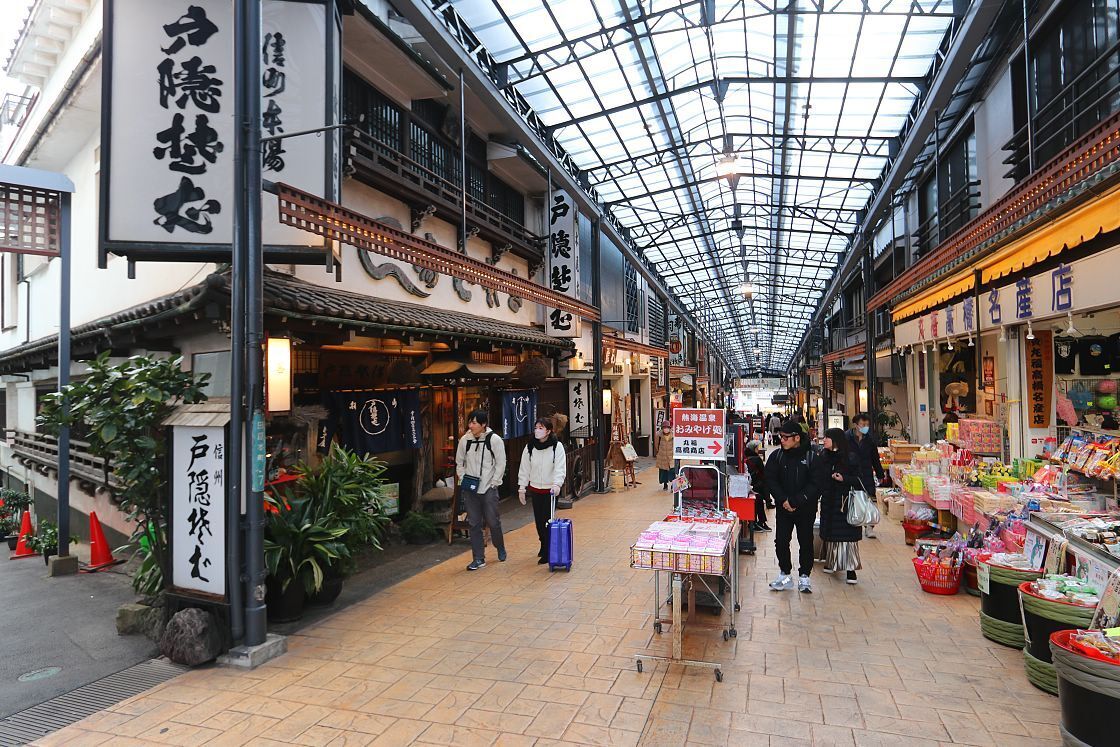
Both of the arcades have a pleasantly nostalgic atmosphere and offer a range of goods and souvenirs, from locally brewed sake to the himono, or sun dried seafood the area is known for. I opted instead for a chikuwa or fish sausage from Maruten in Heiwa Dori, stuffed with soft, buttery cheese and served on a skewer – a greasy, fishy delight!
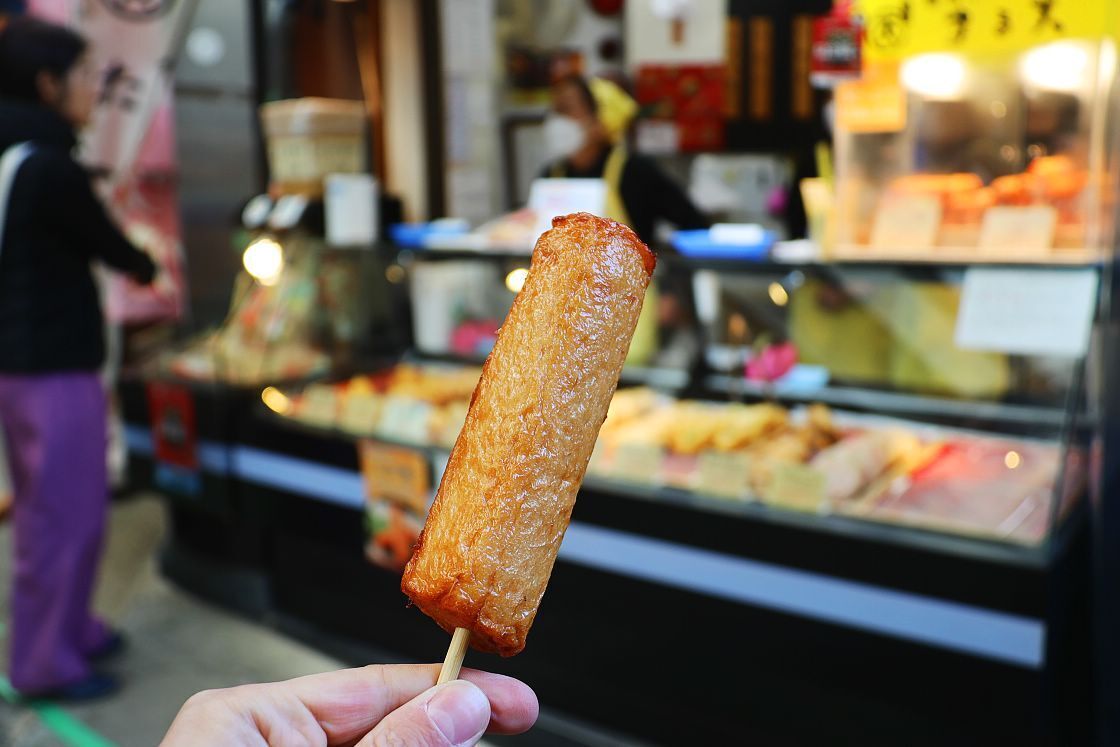
Even more shopping opportunities can be found inside the LUSCA Atami development attached to the station building itself, which includes coffee shops, dining and a wide range of shops – a few of which came with the added benefit of discounts available to TOKYO Wide Pass holders. With moments to spare, I found just the right thing – some French-style Langue de Chat biscuits and a box of cherry-blossom flavored manju sweets – with the pass securing a 10% discount on both.
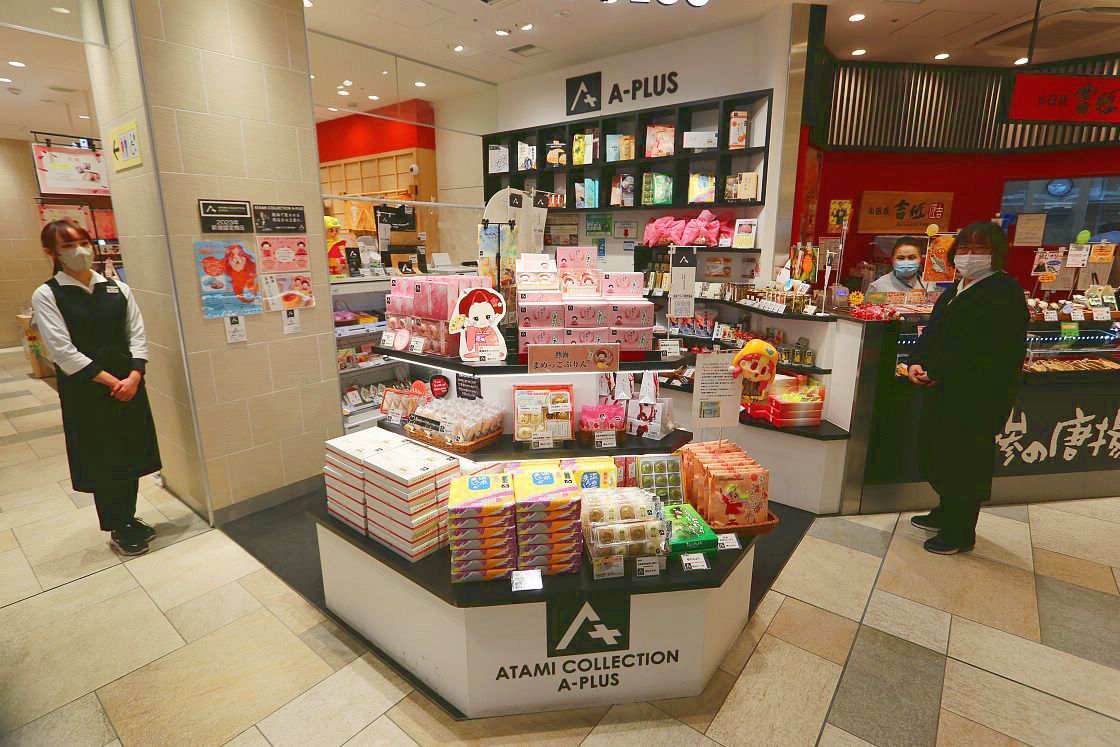
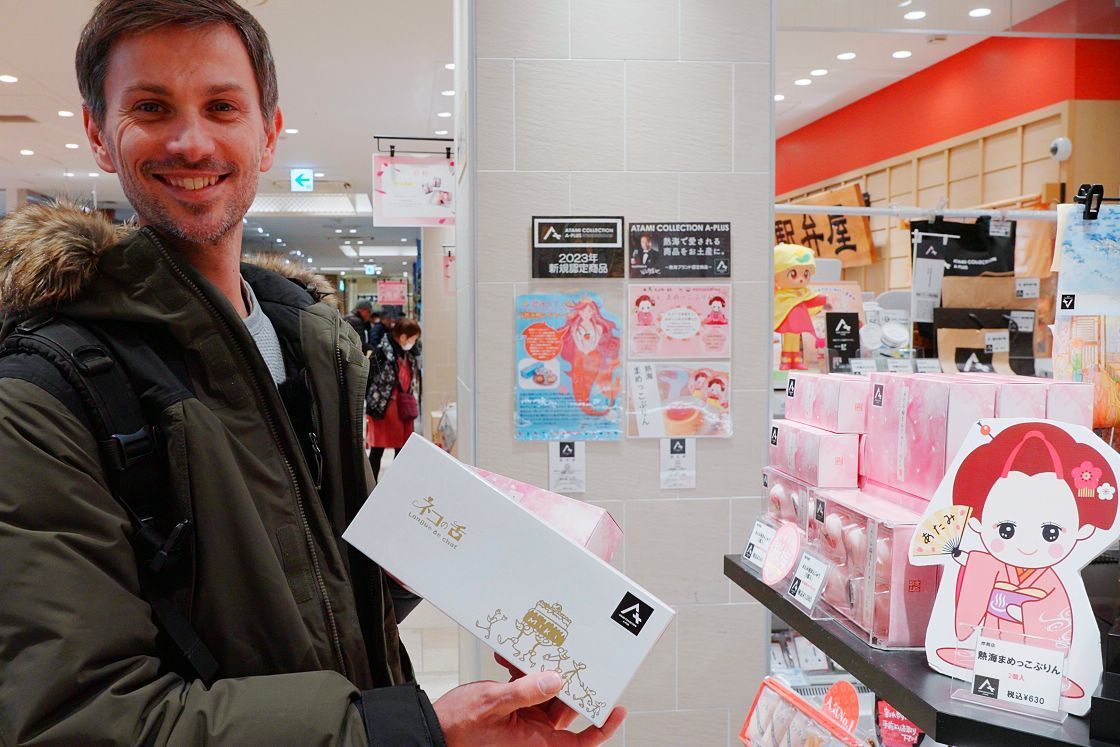
With that, it was time to say goodbye to the Izu Peninsula, rounding off a brief but hugely satisfying two days of gentle walks, sightseeing and superb food – all at a relatively modest price and within easy reach of Tokyo. If you’re looking for a restful overnight pause to break up a busy Japan itinerary, it may be just what you’re looking for.
This article was funded in part by the Council of Local Authorities for International Relations (CLAIR)


